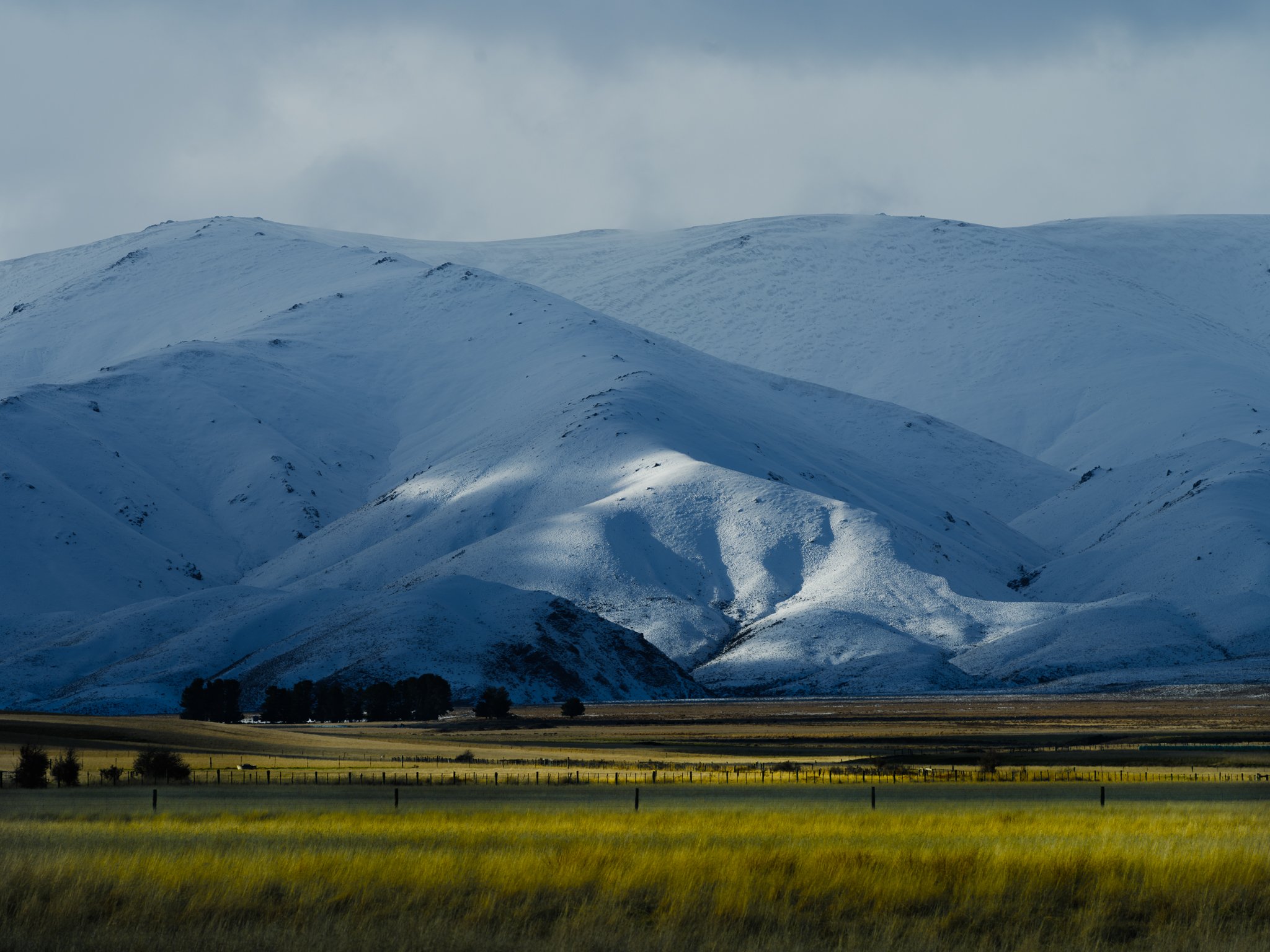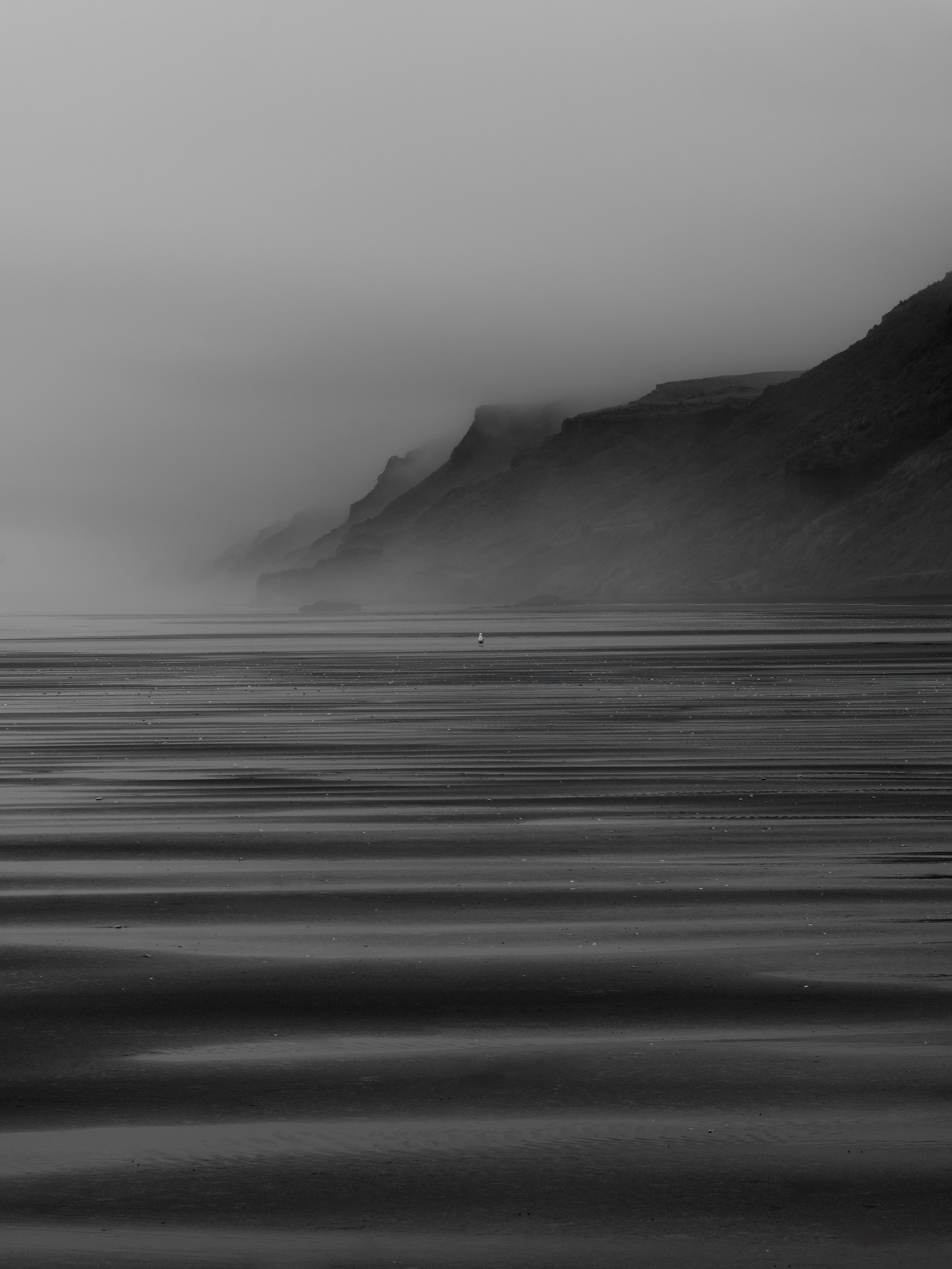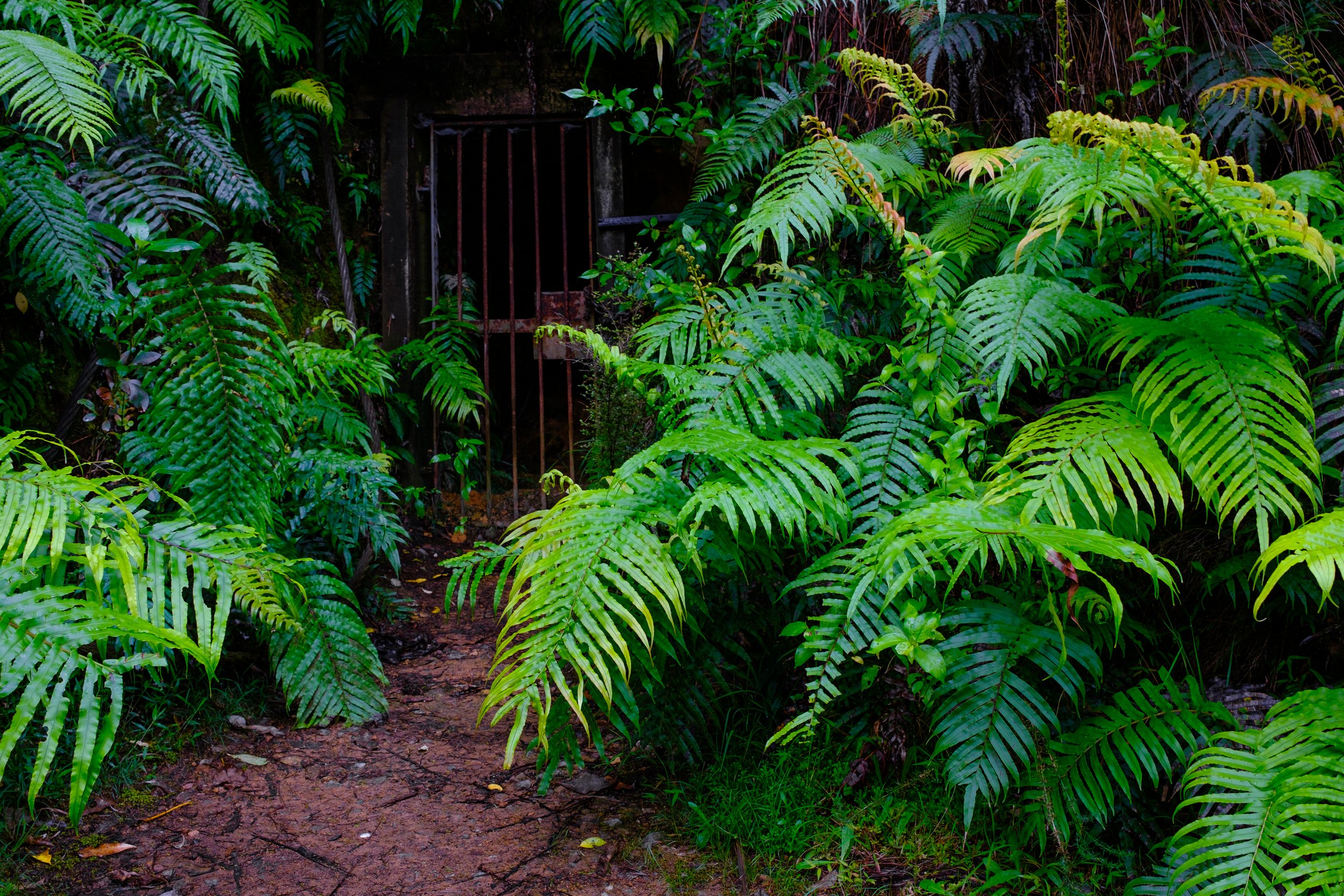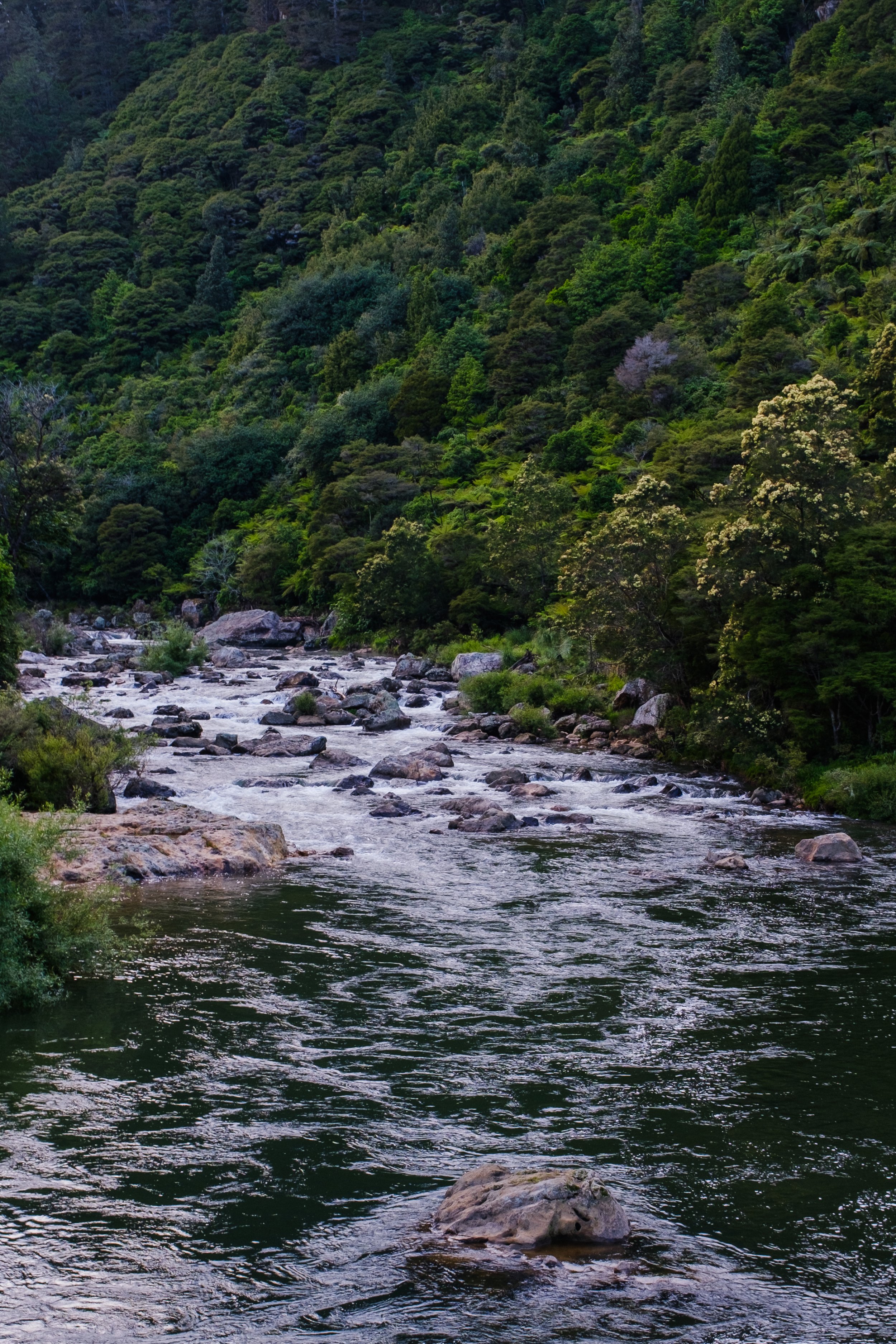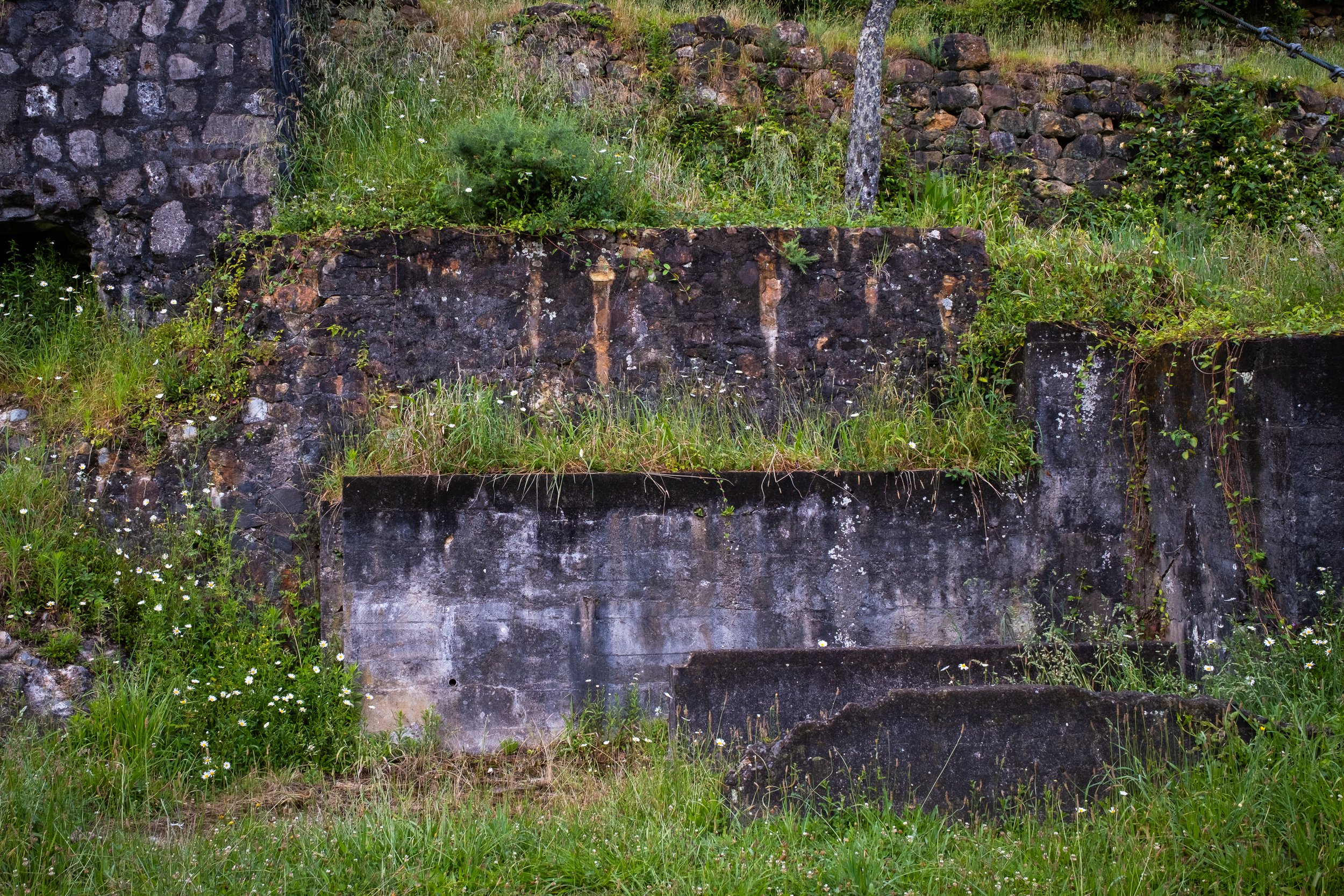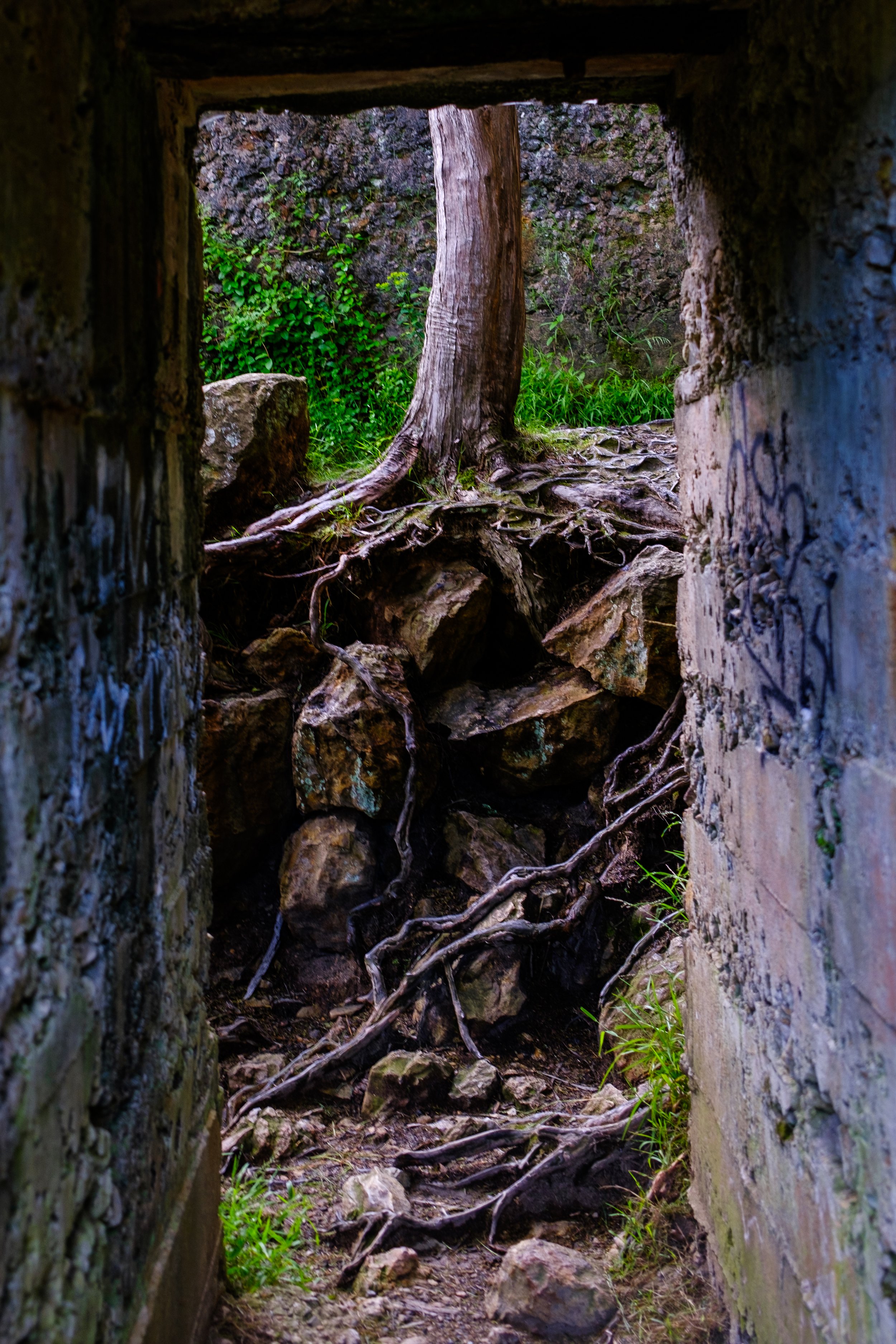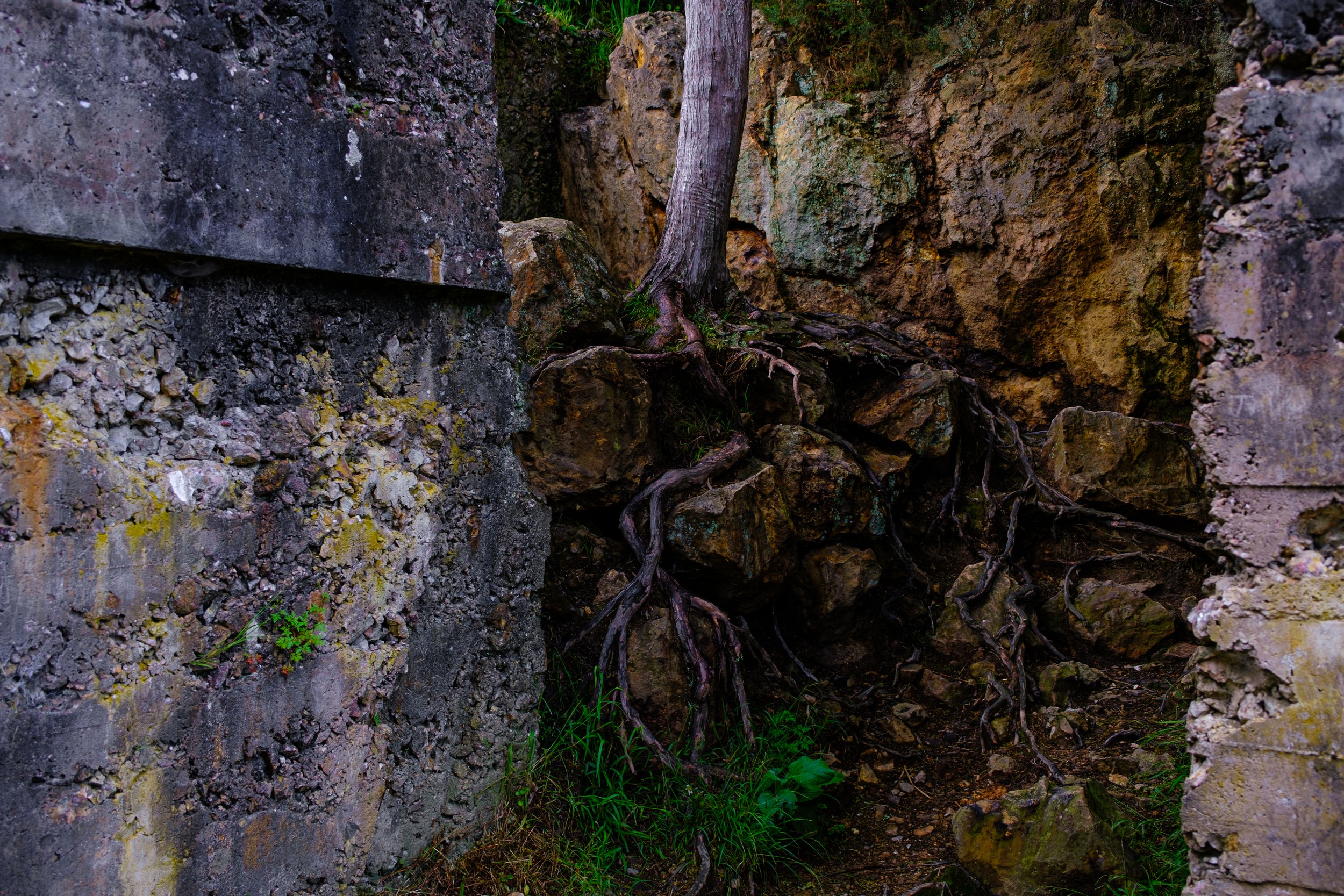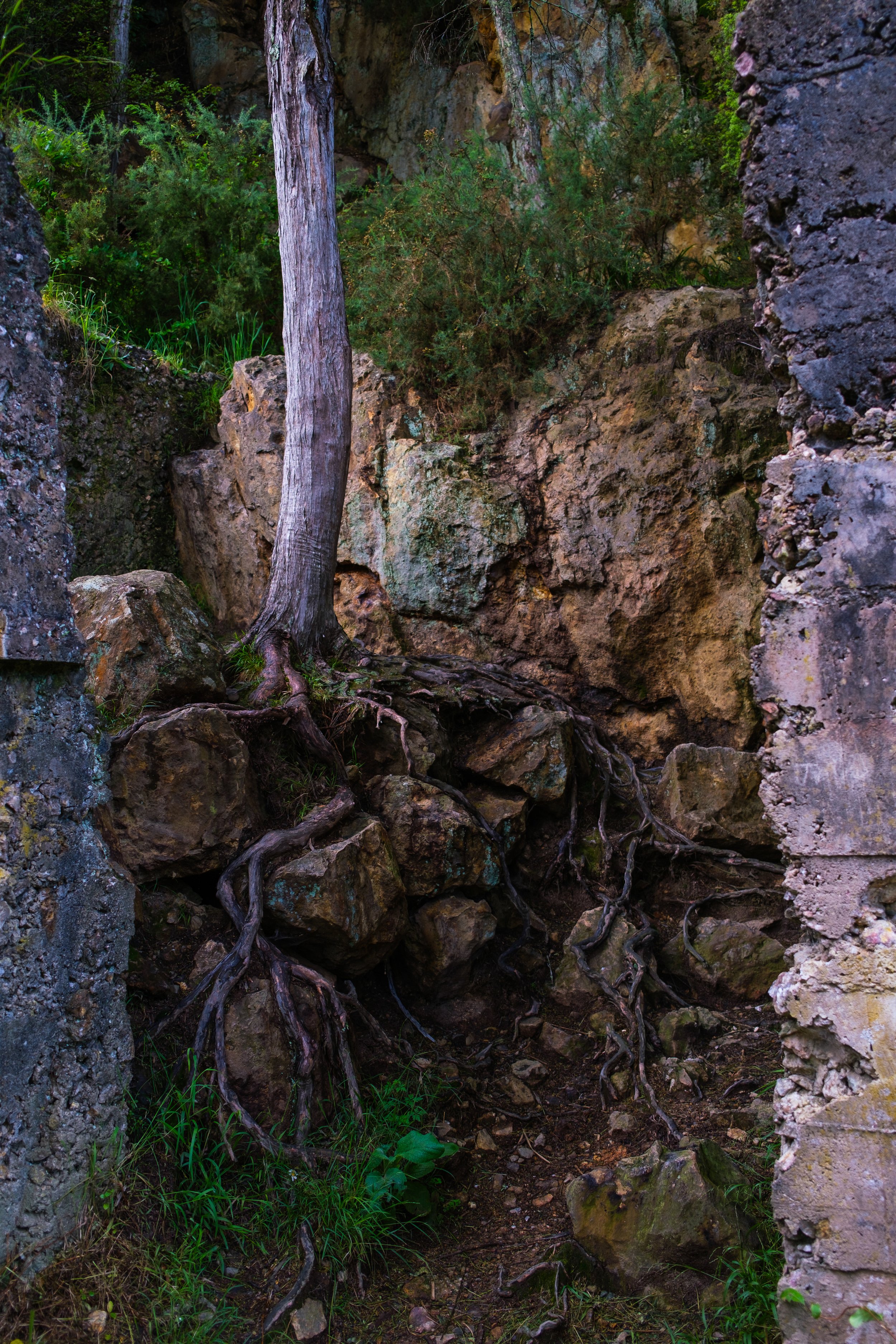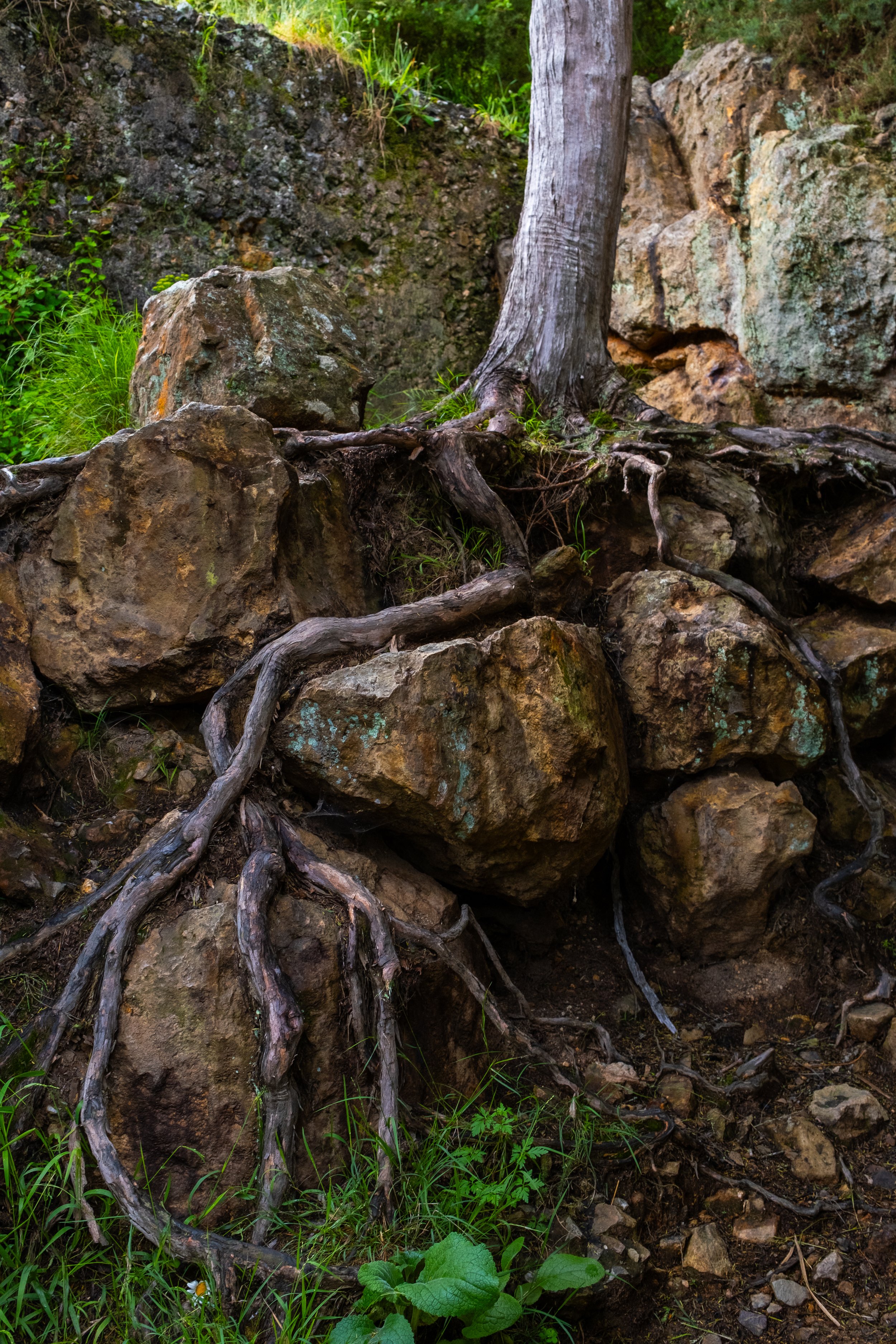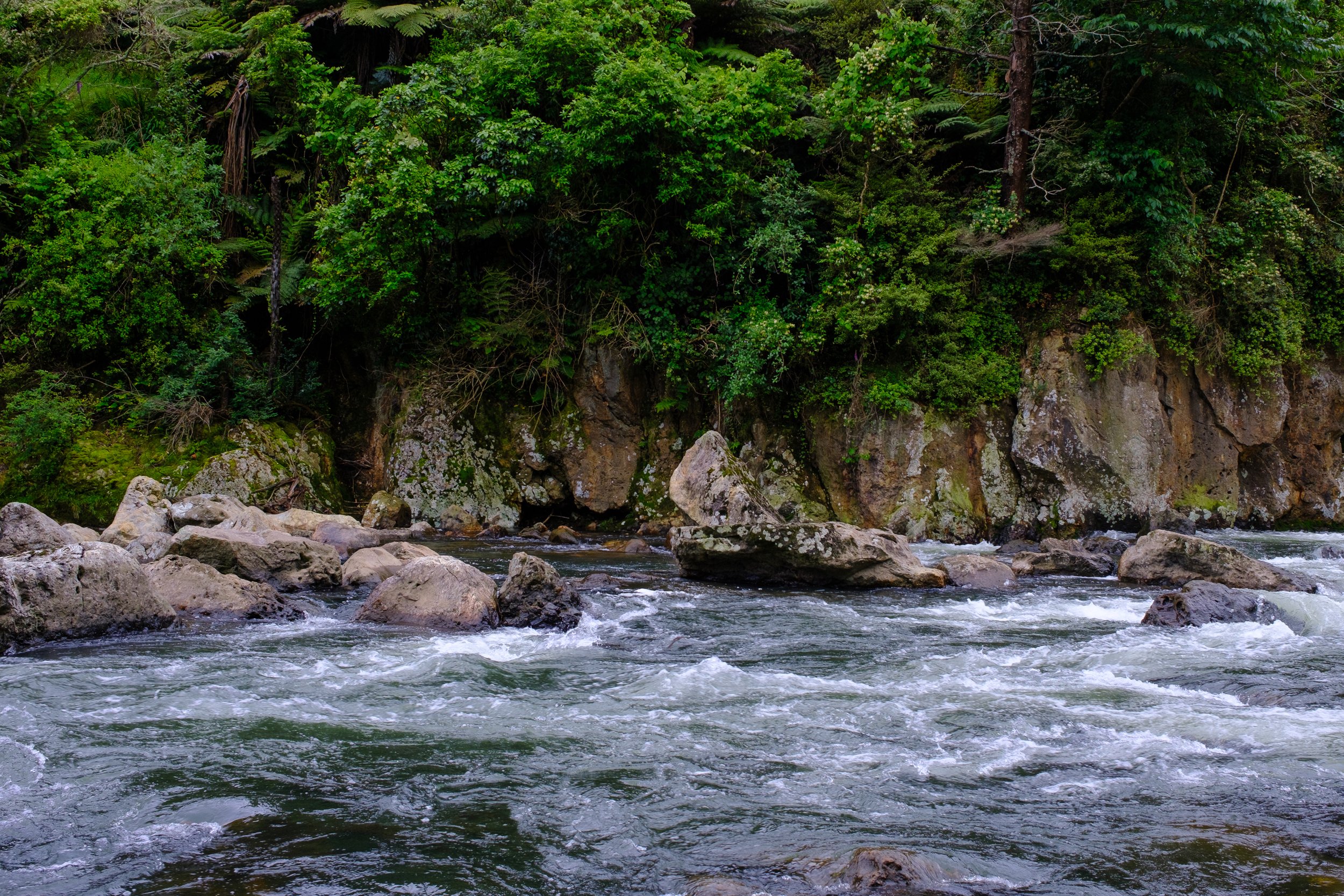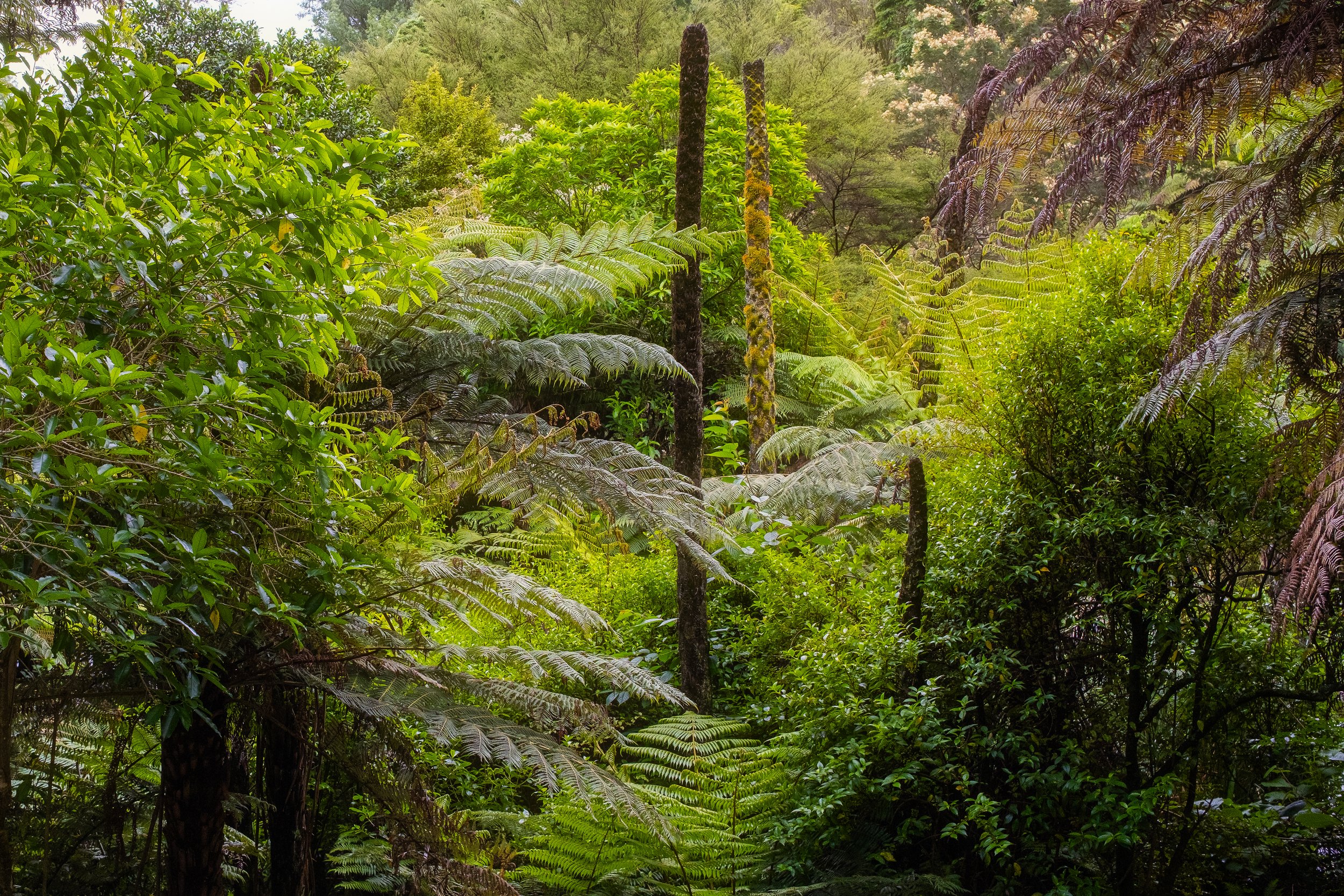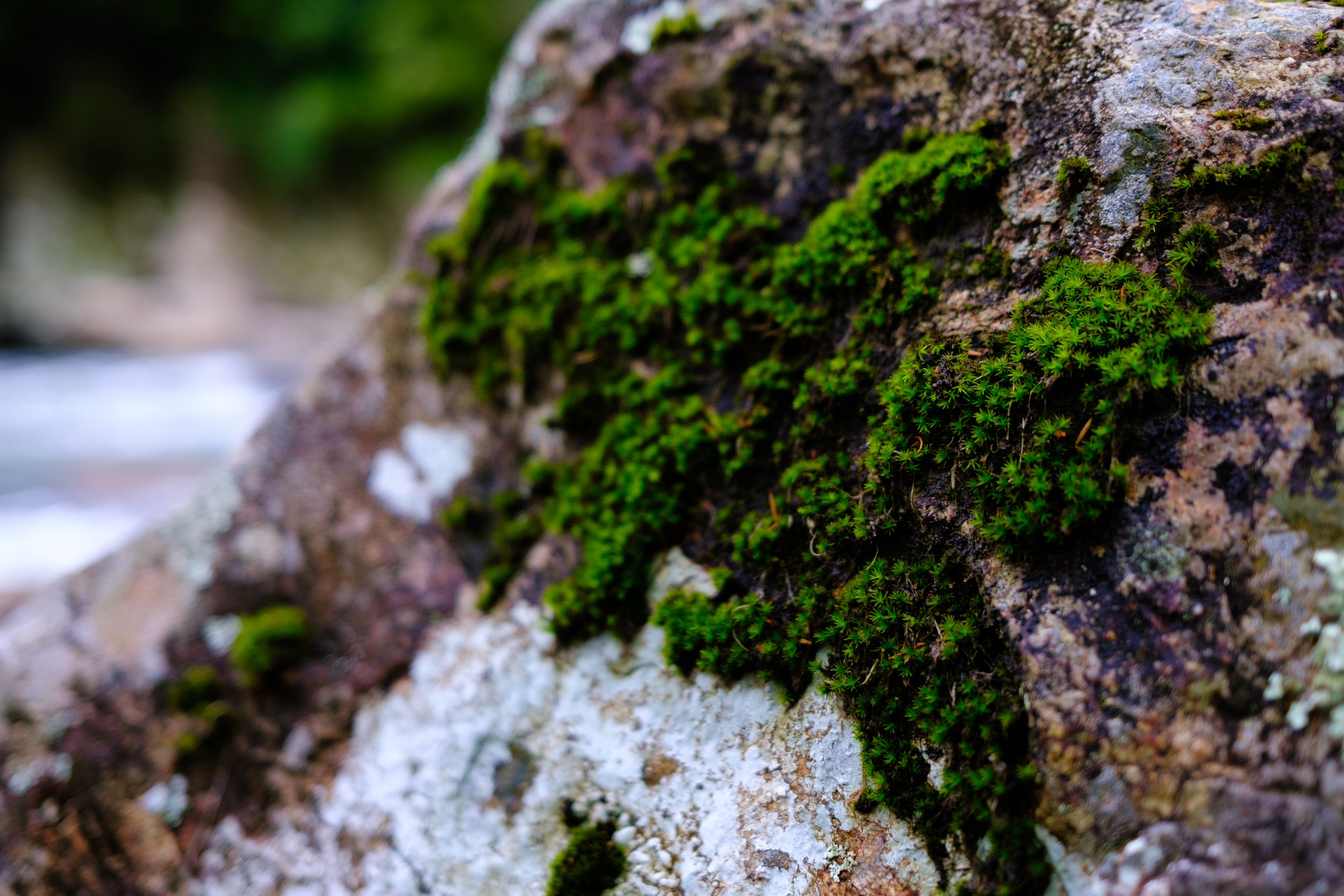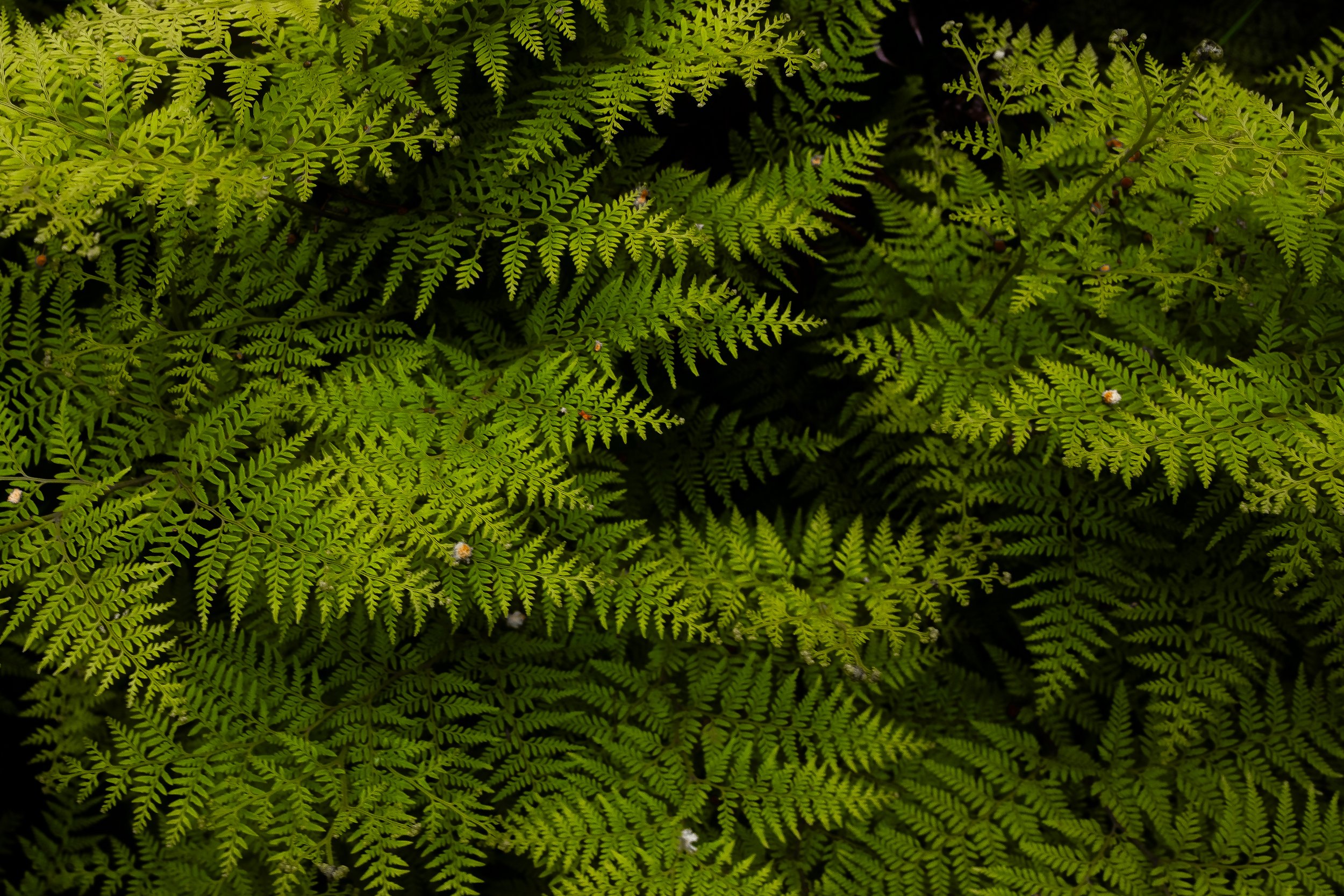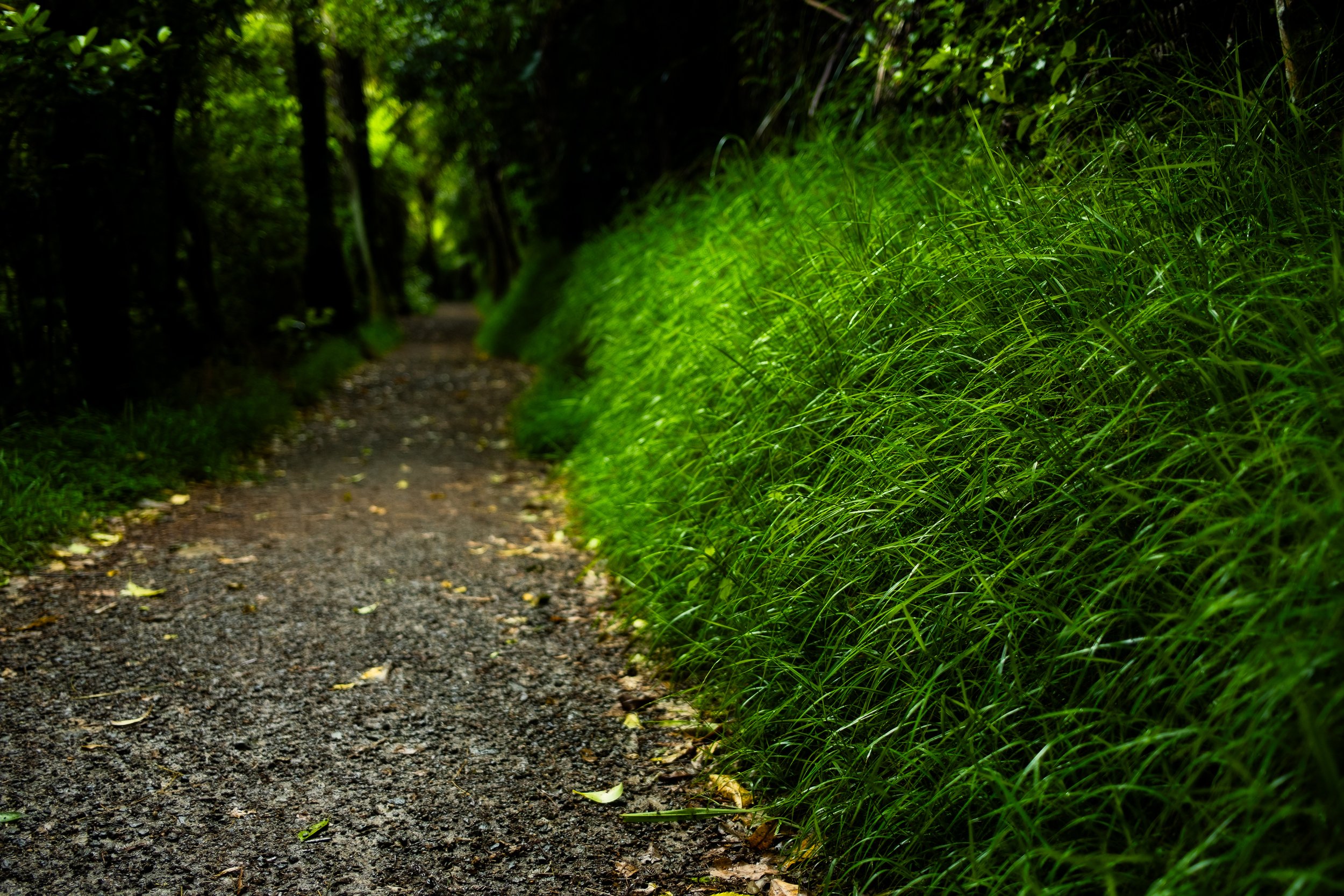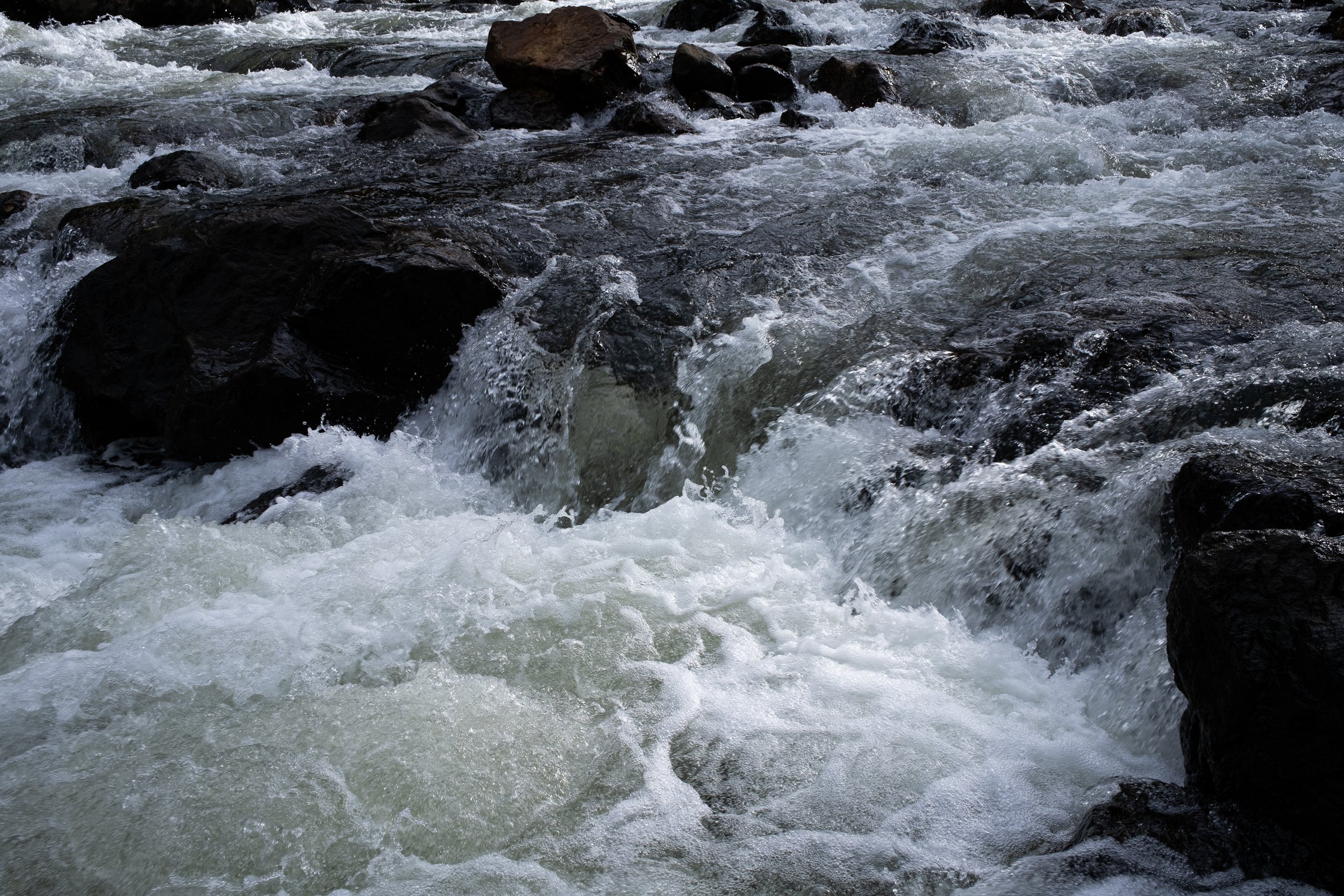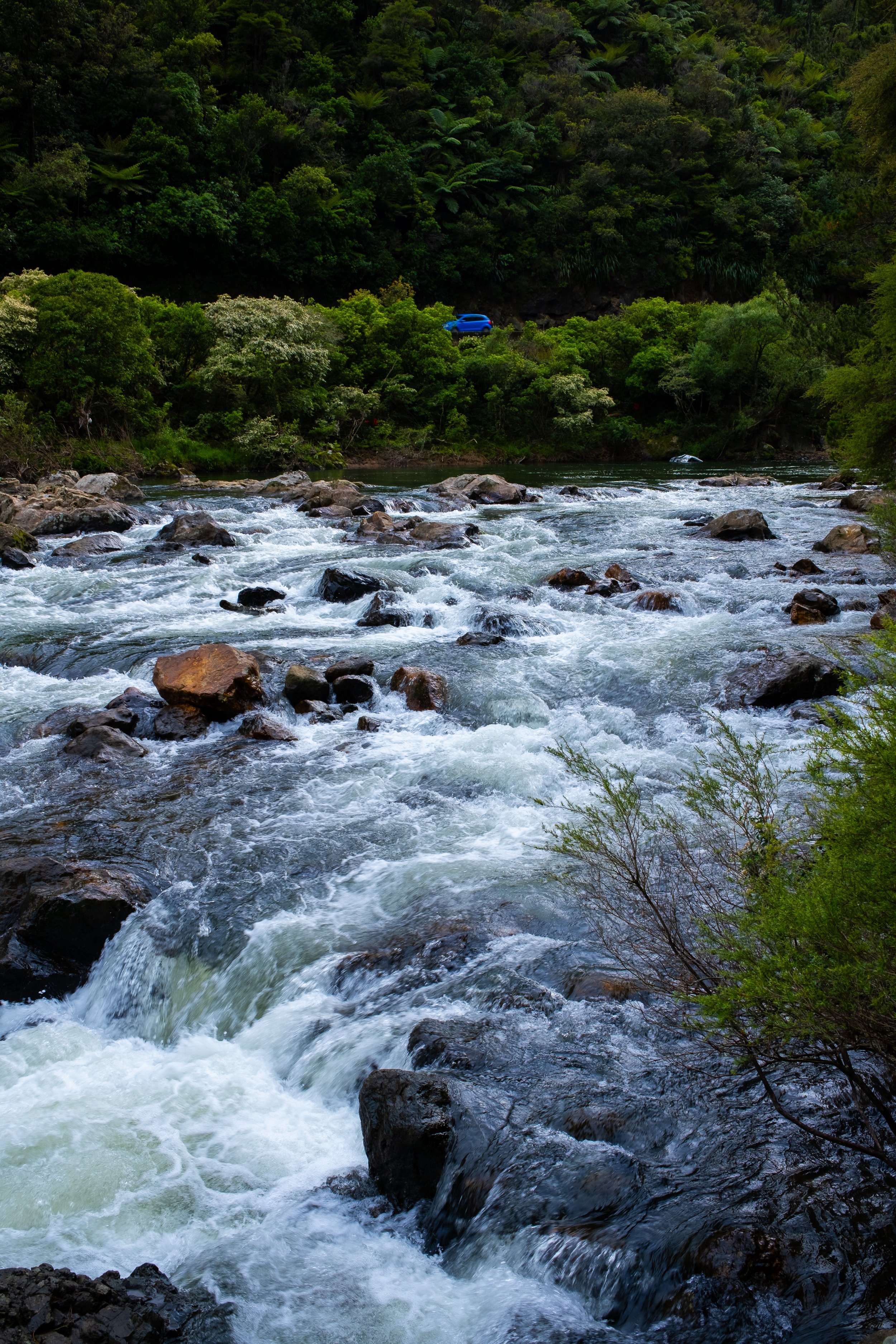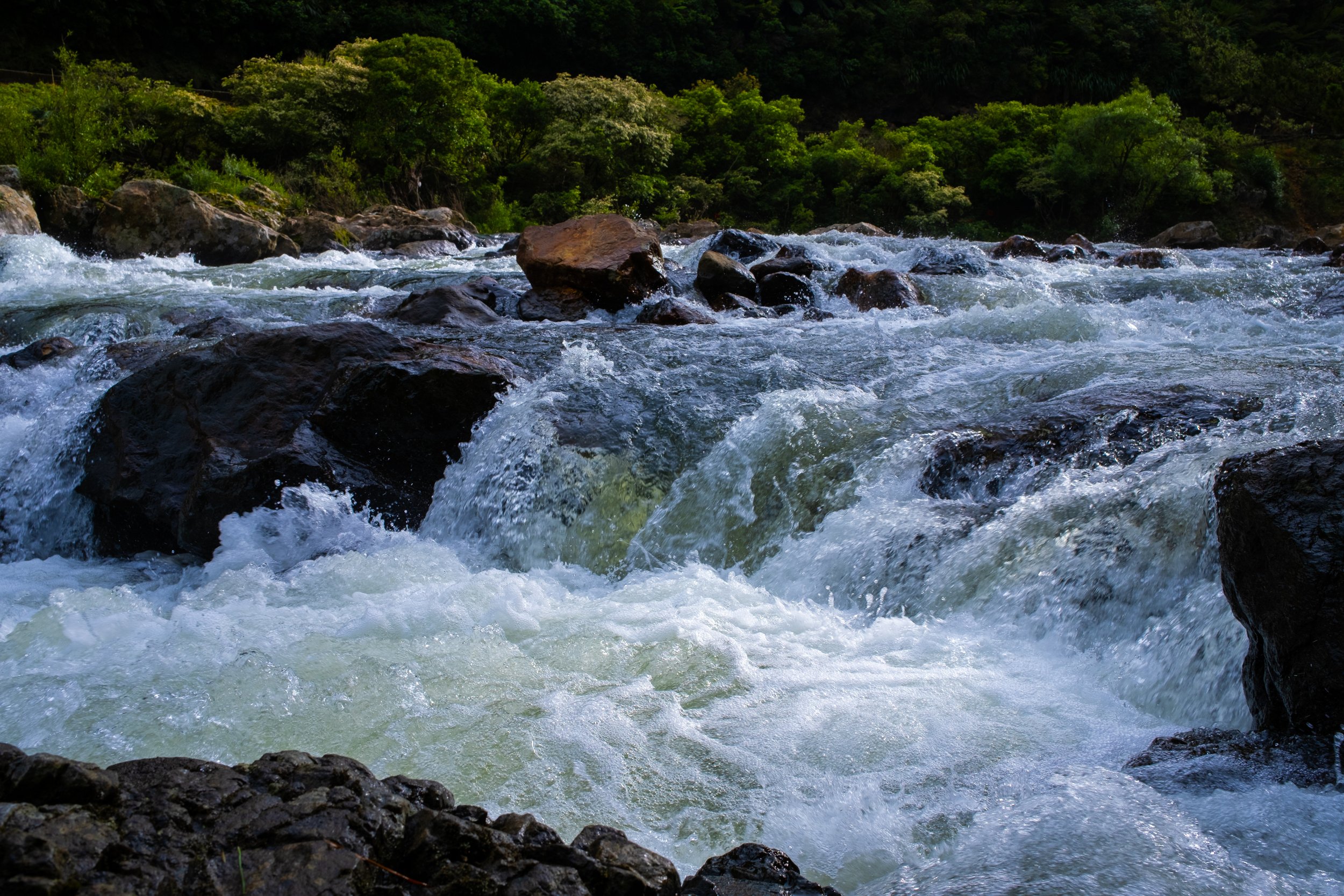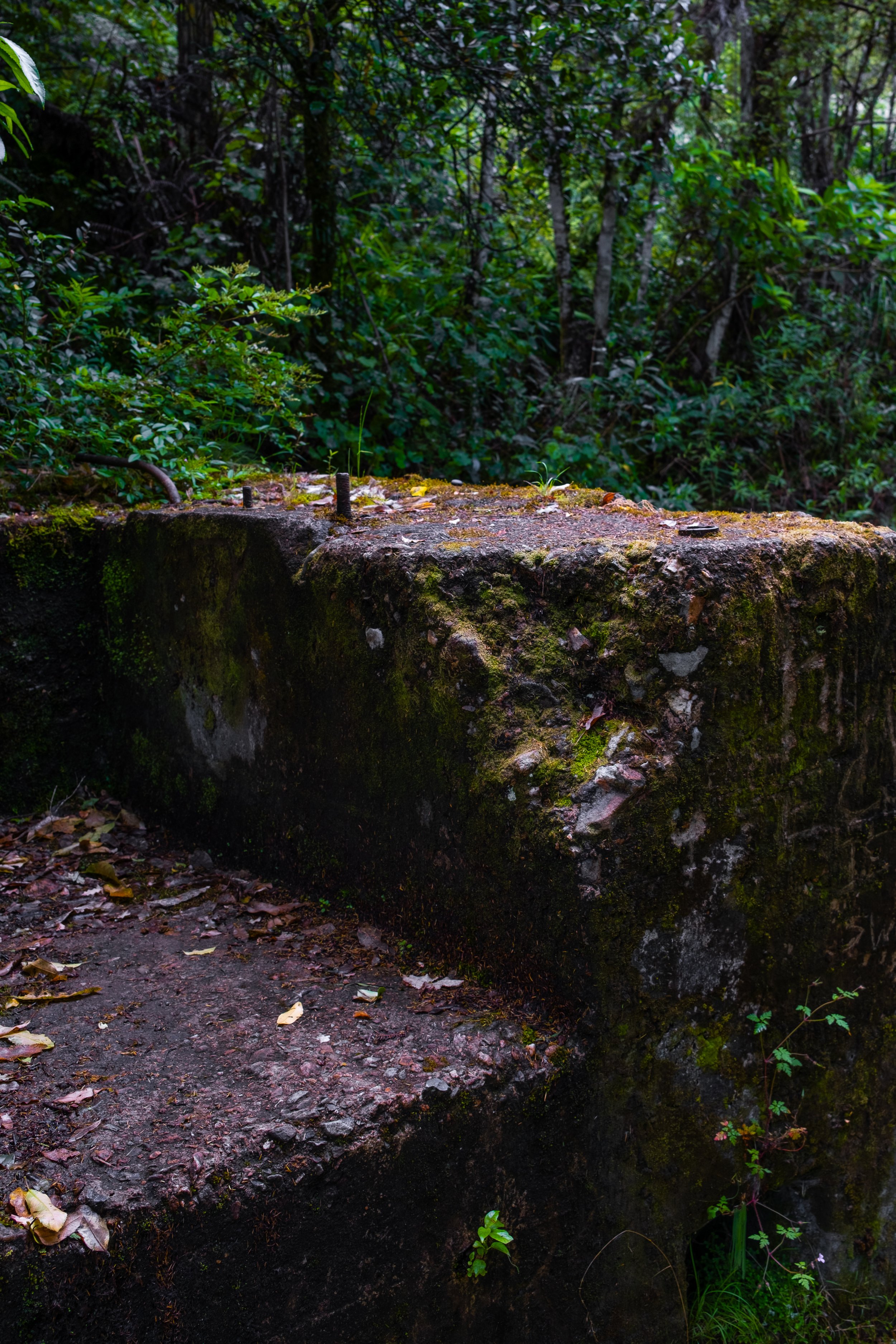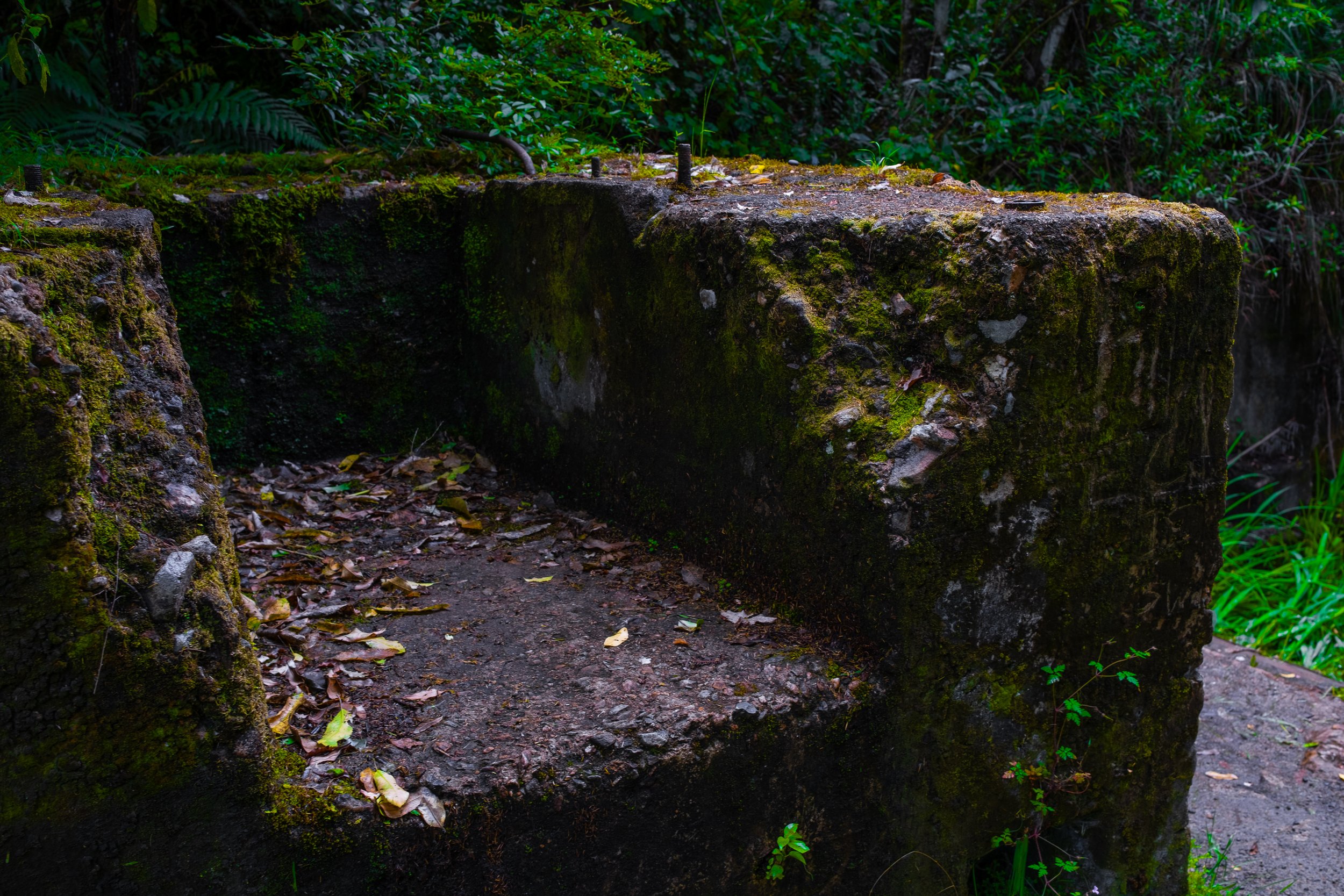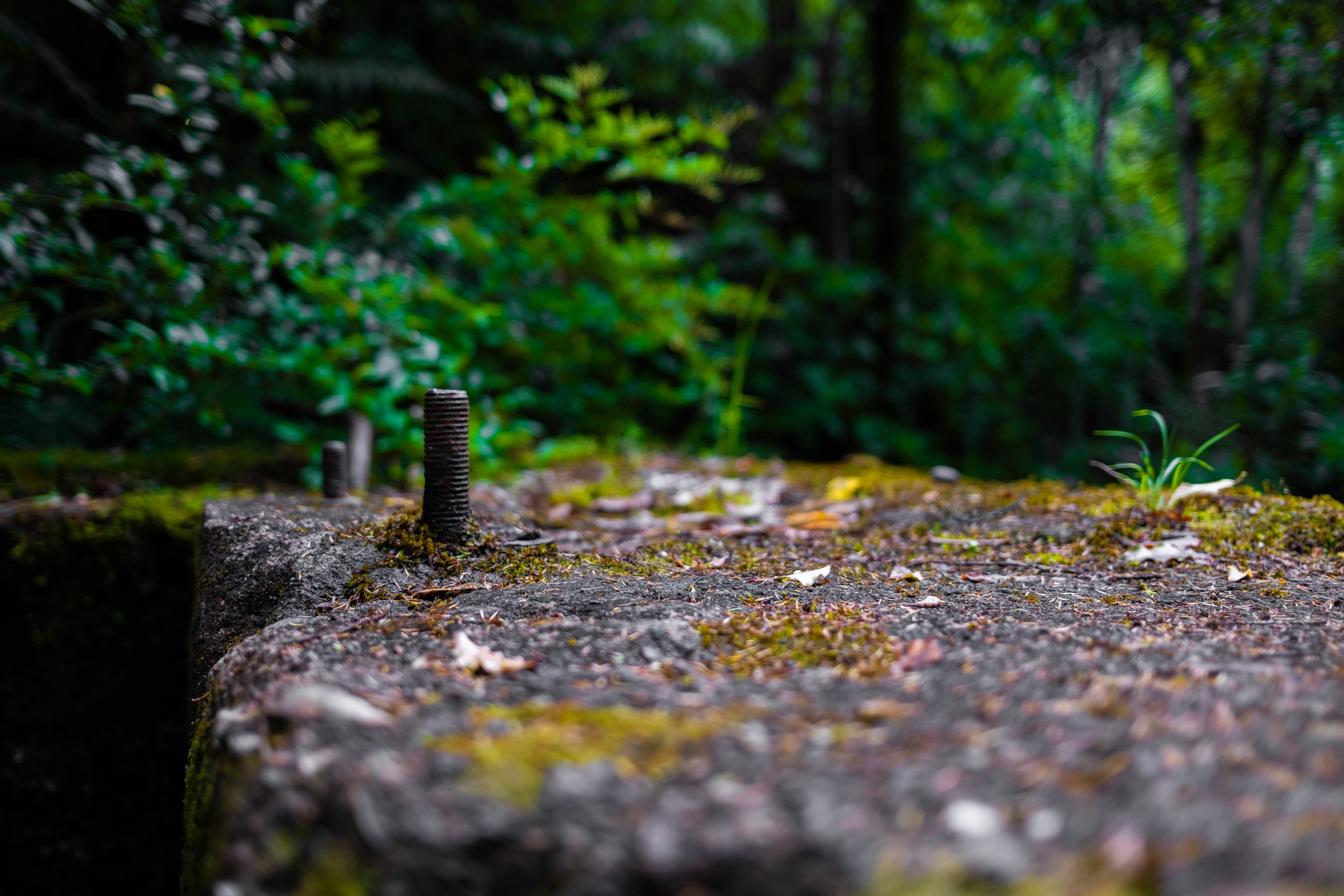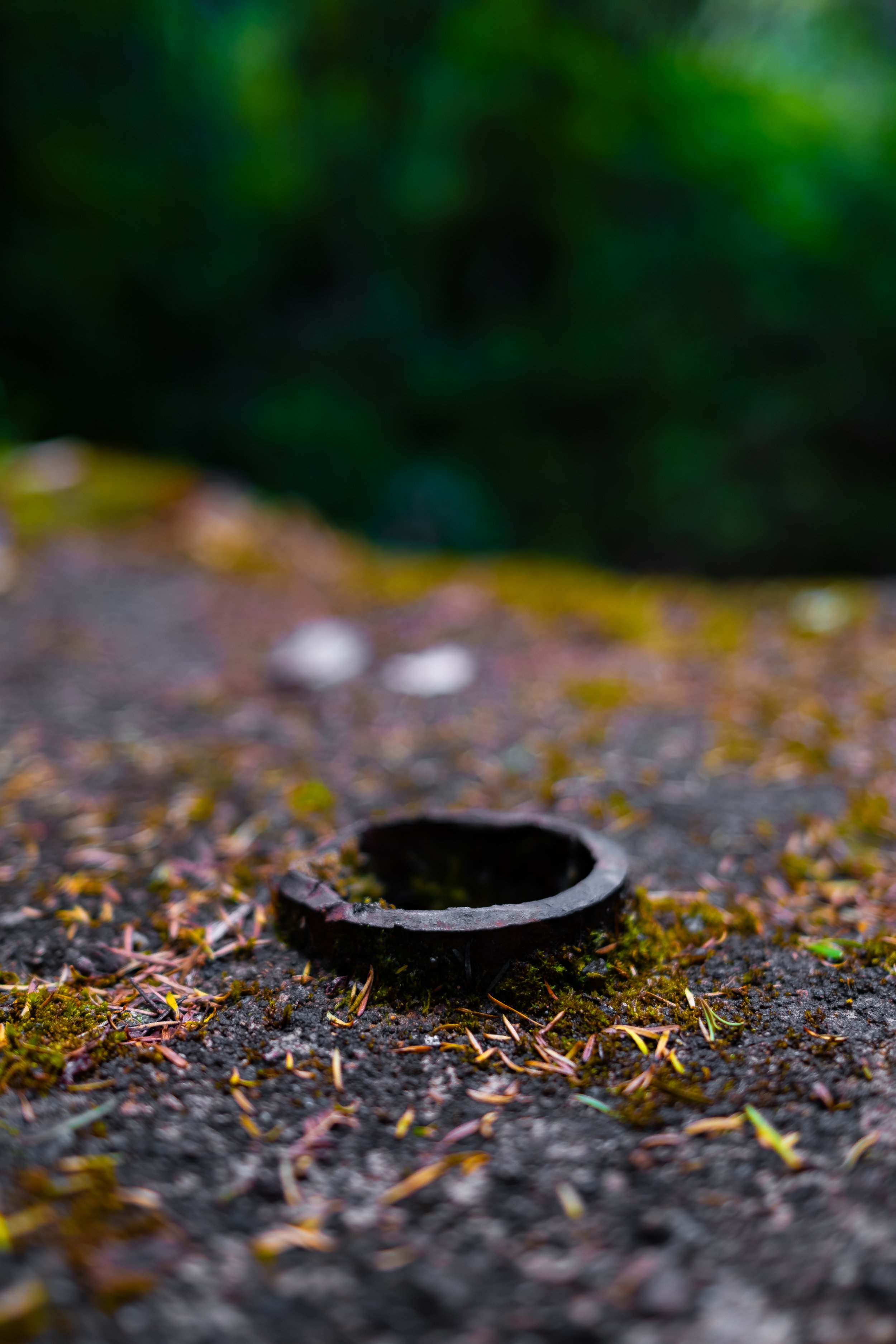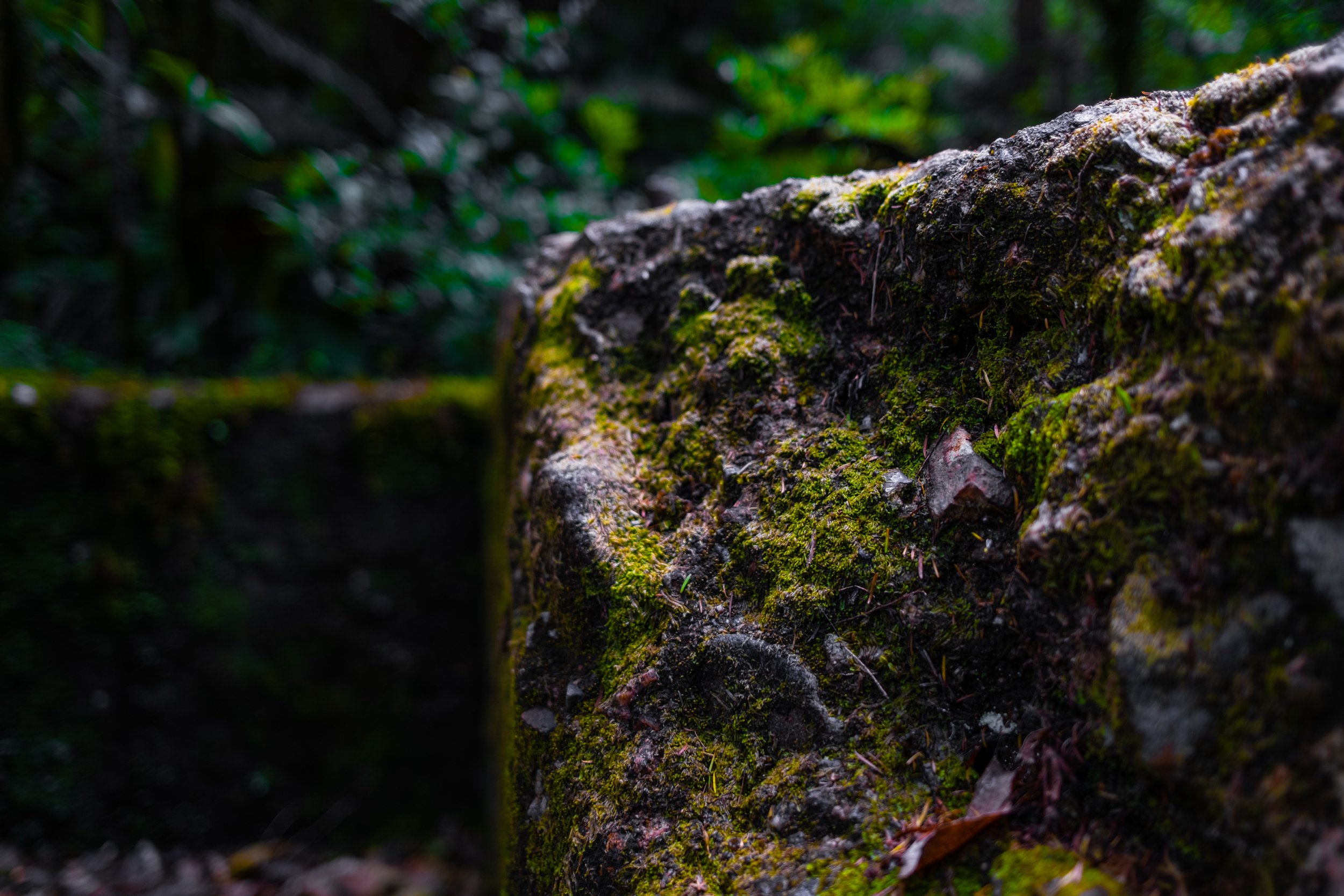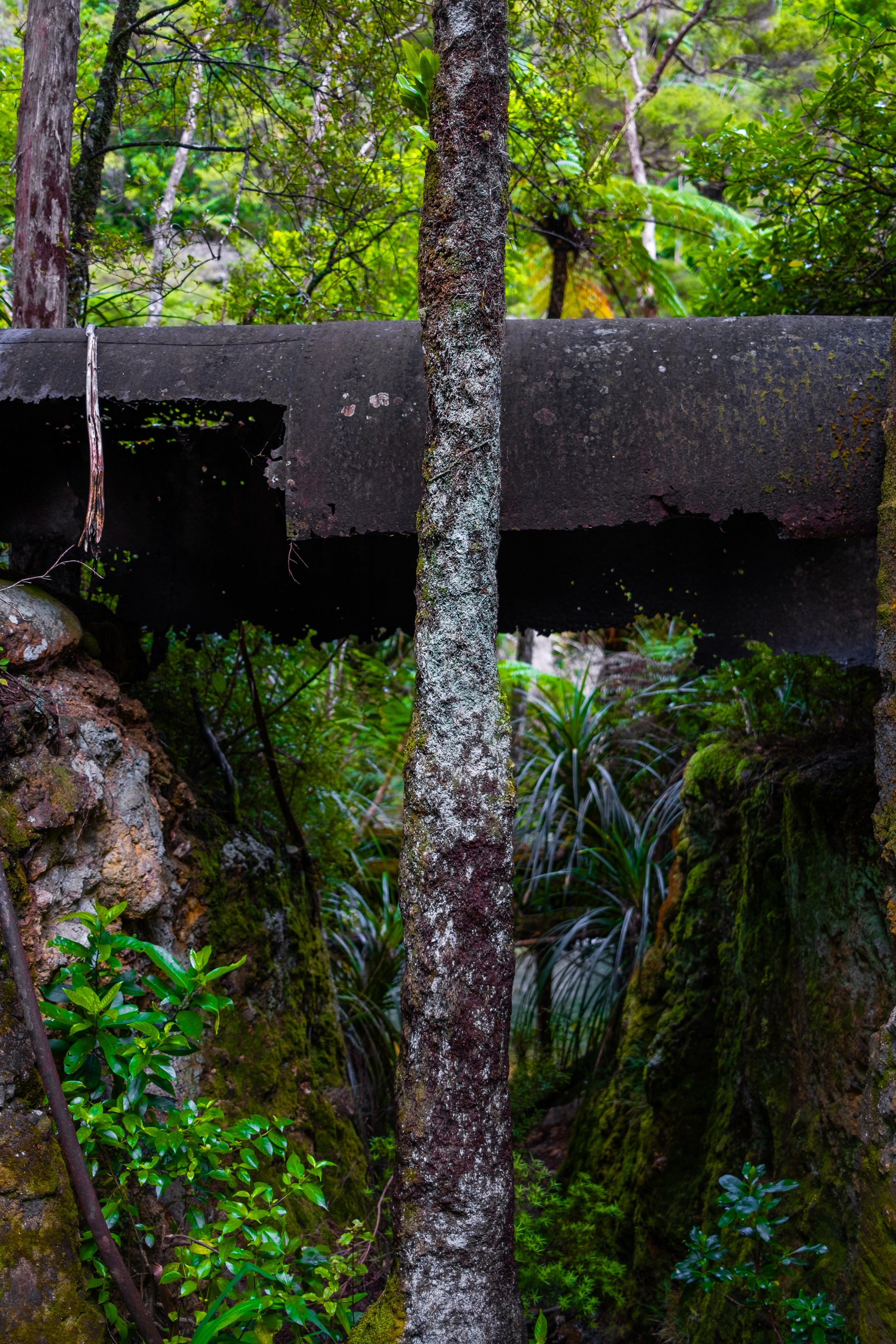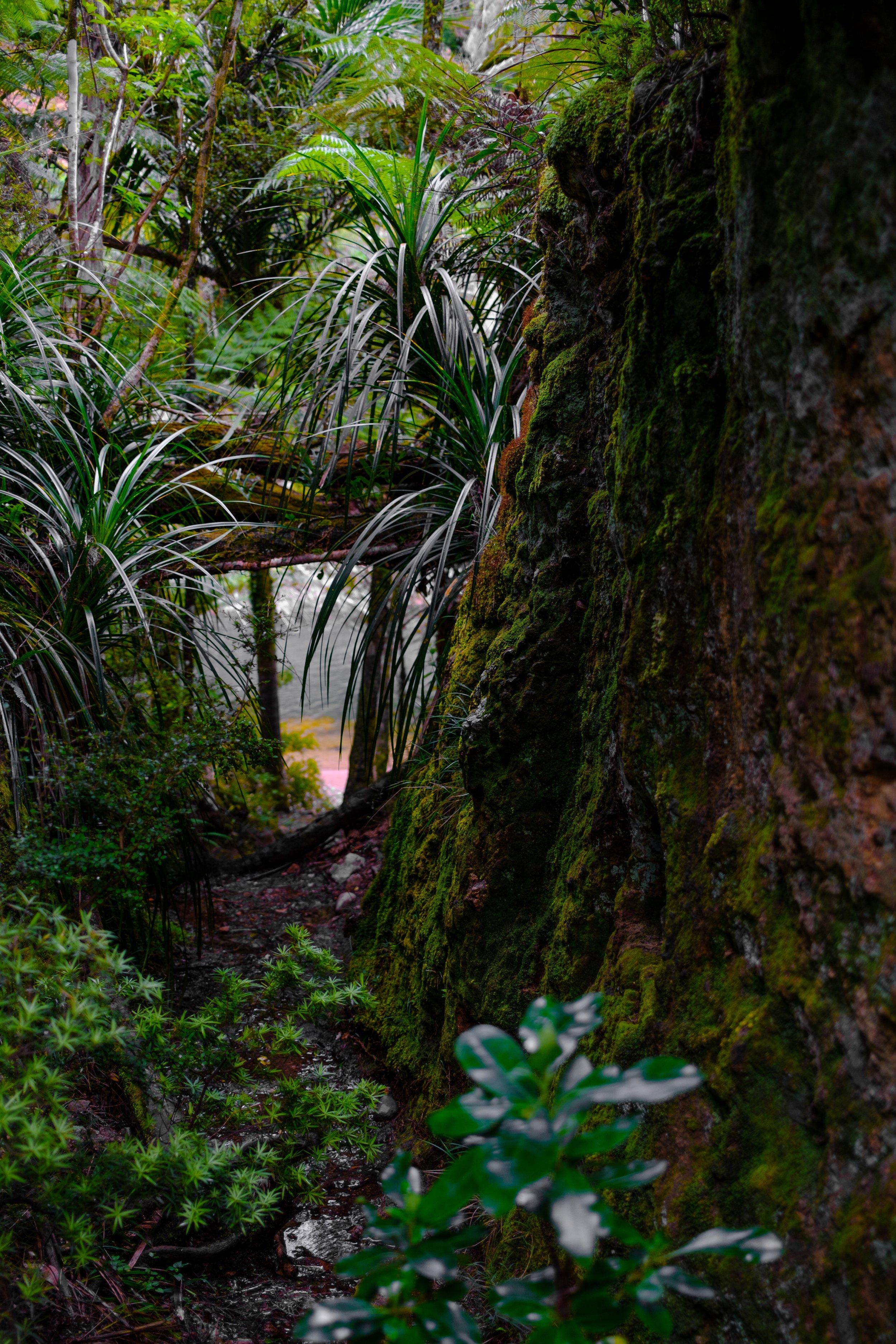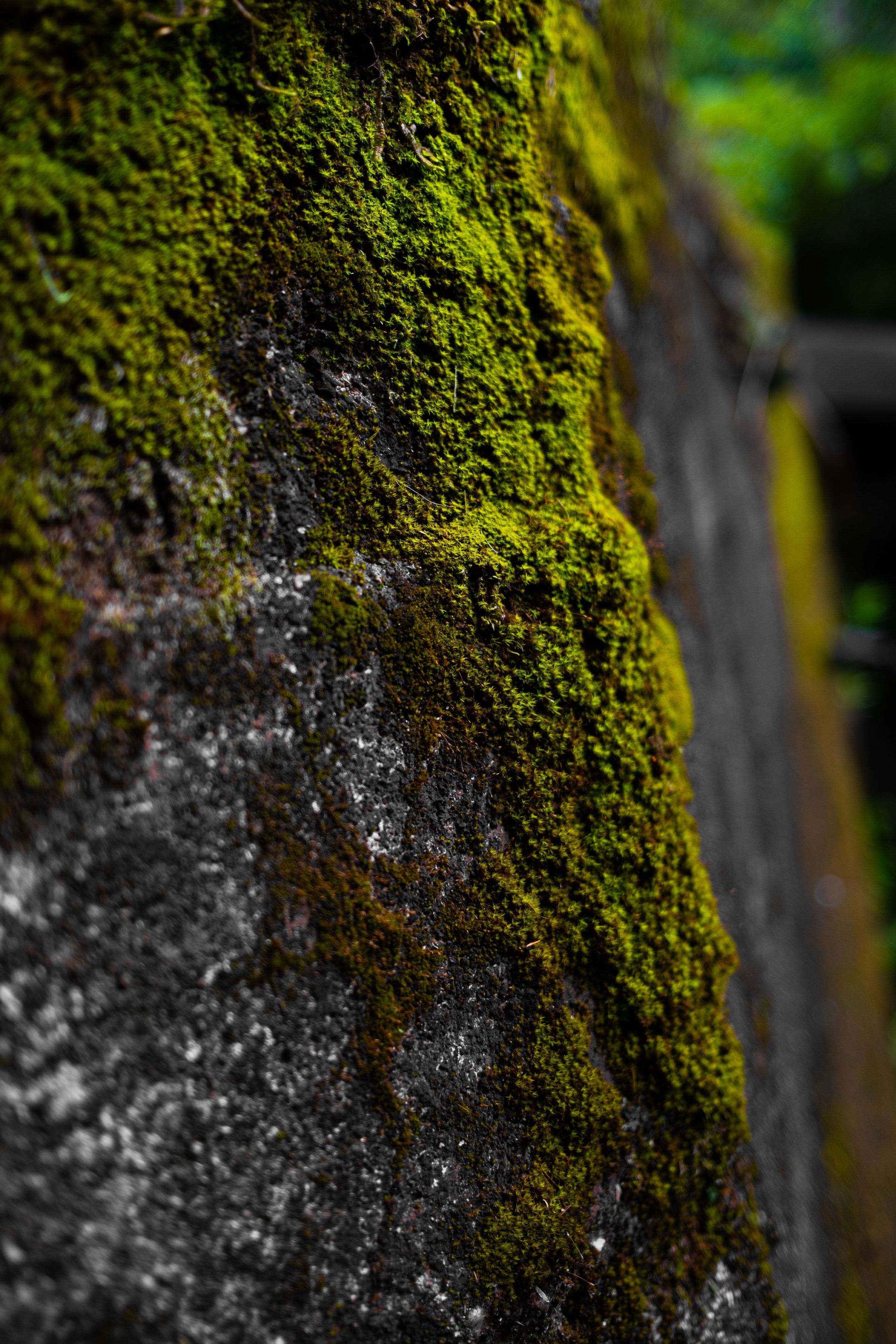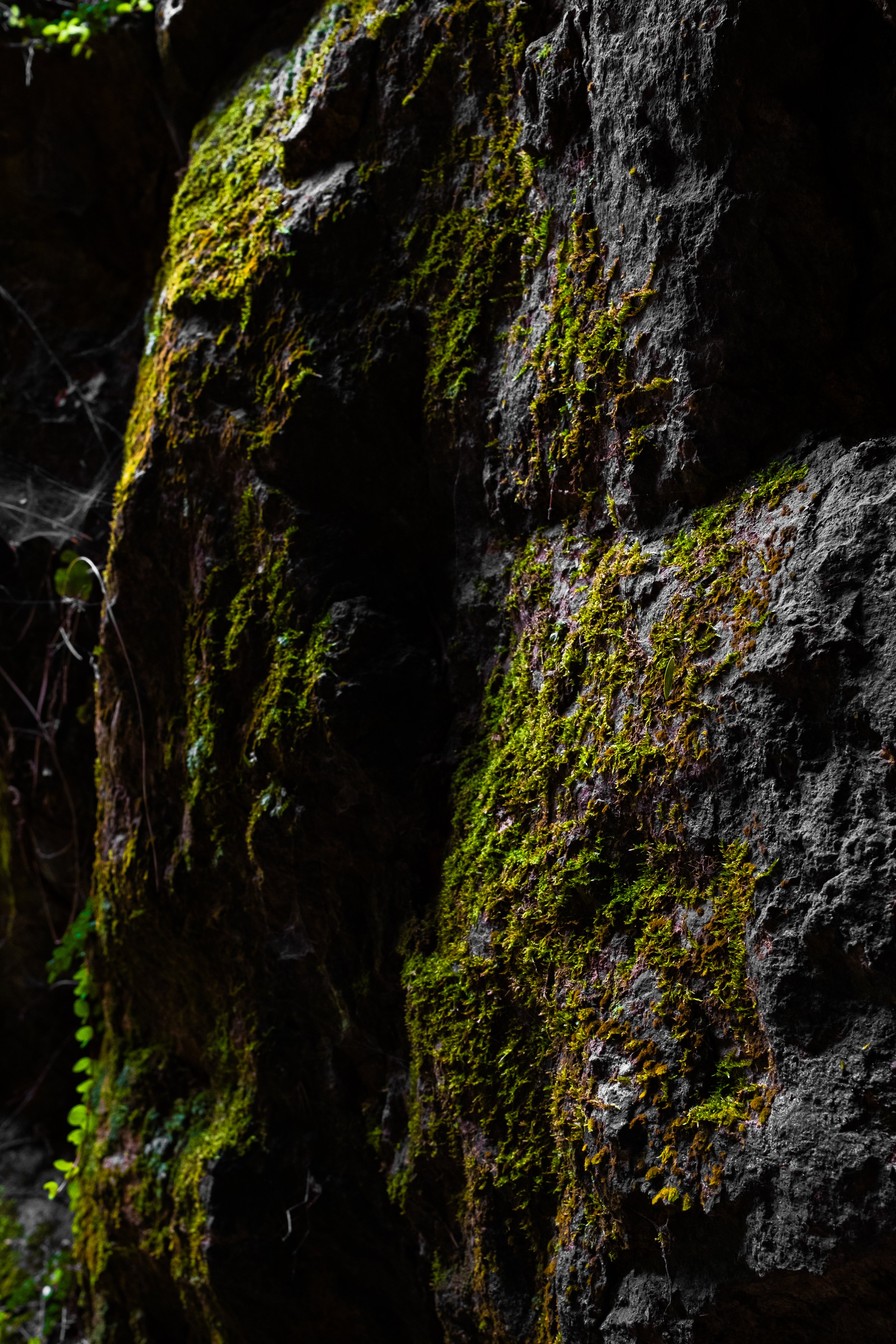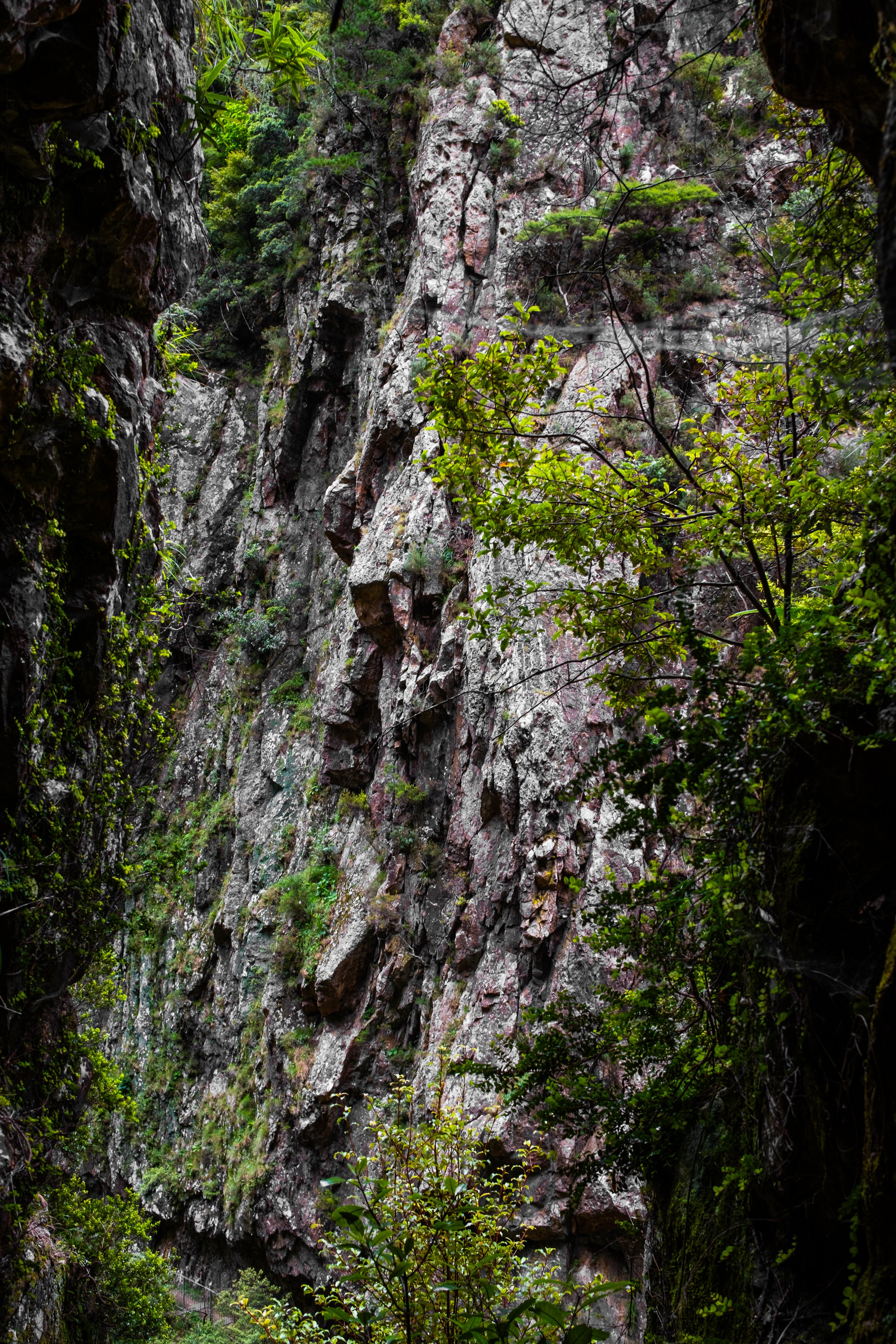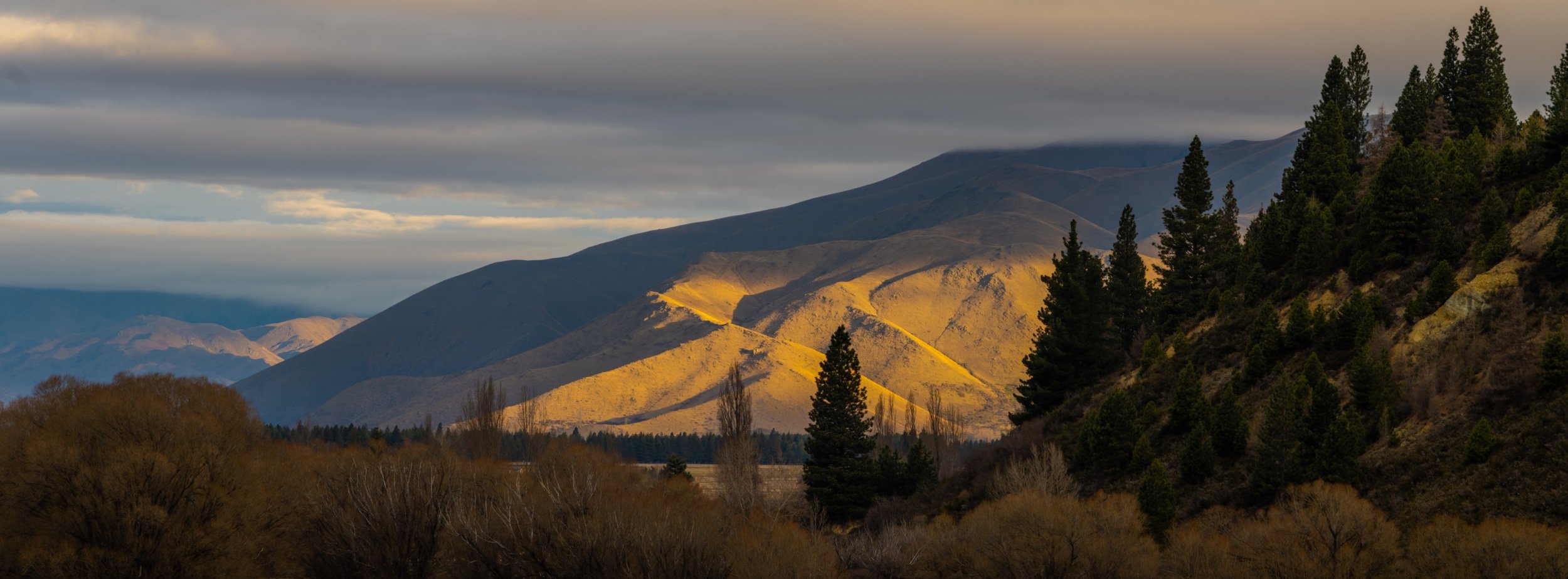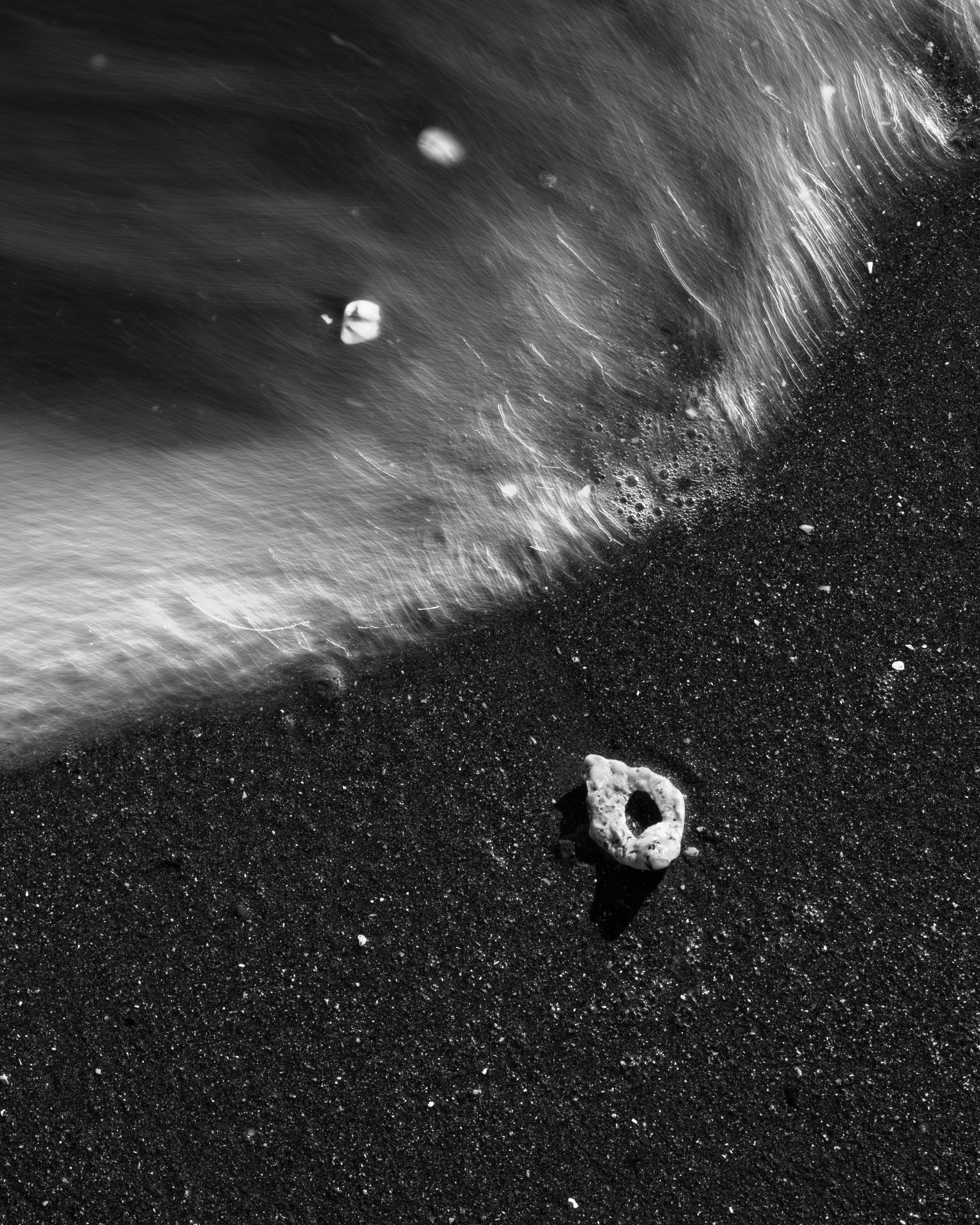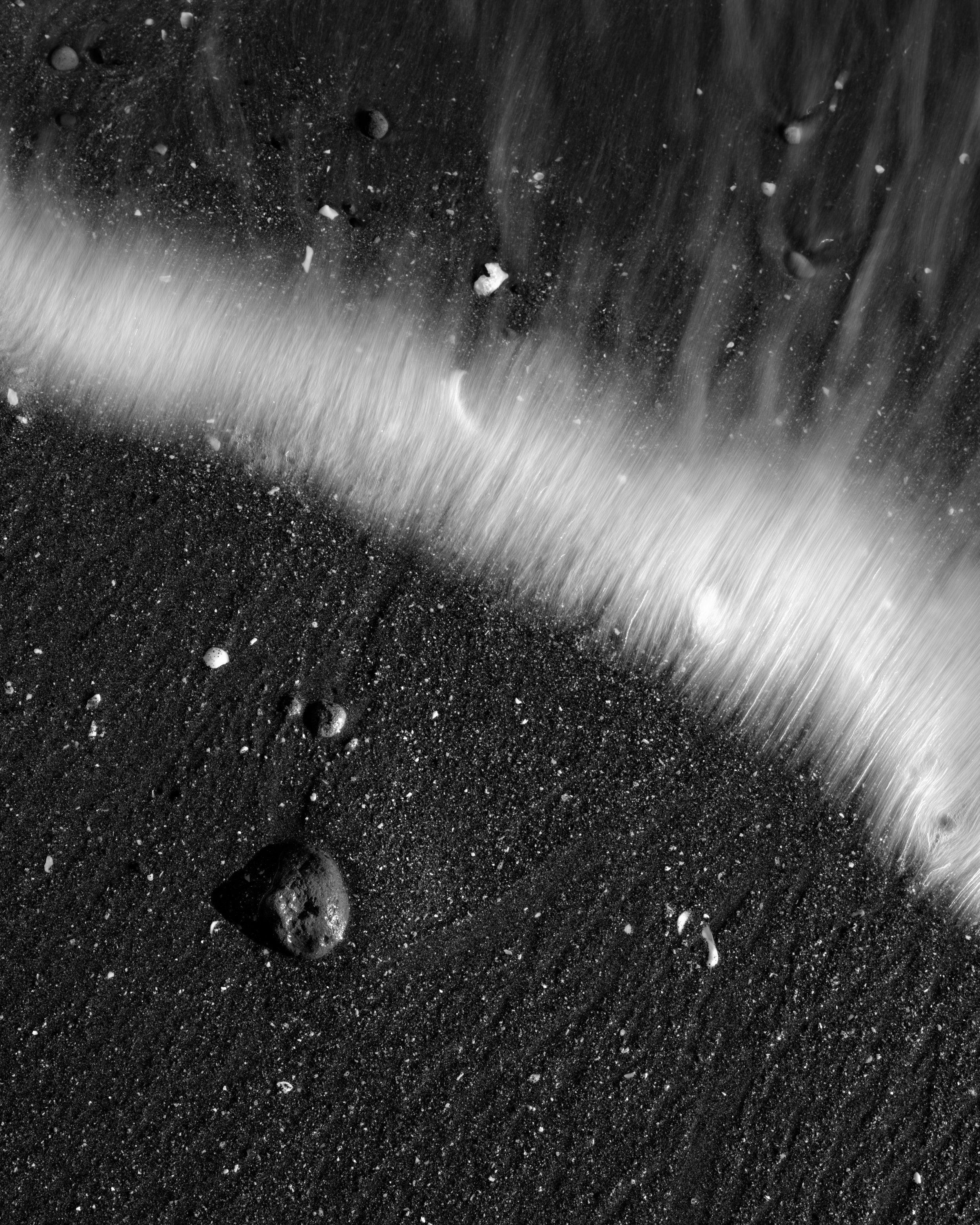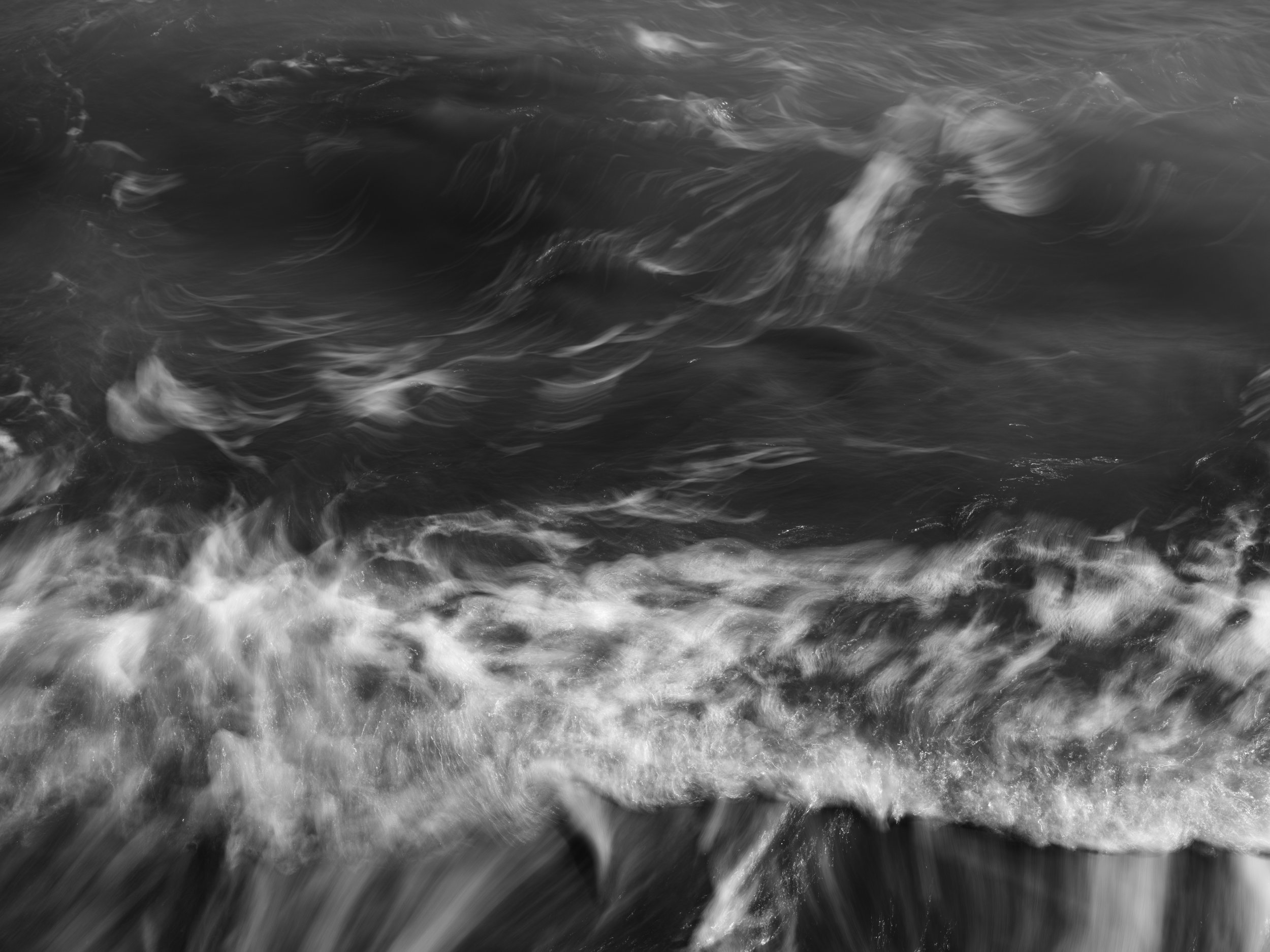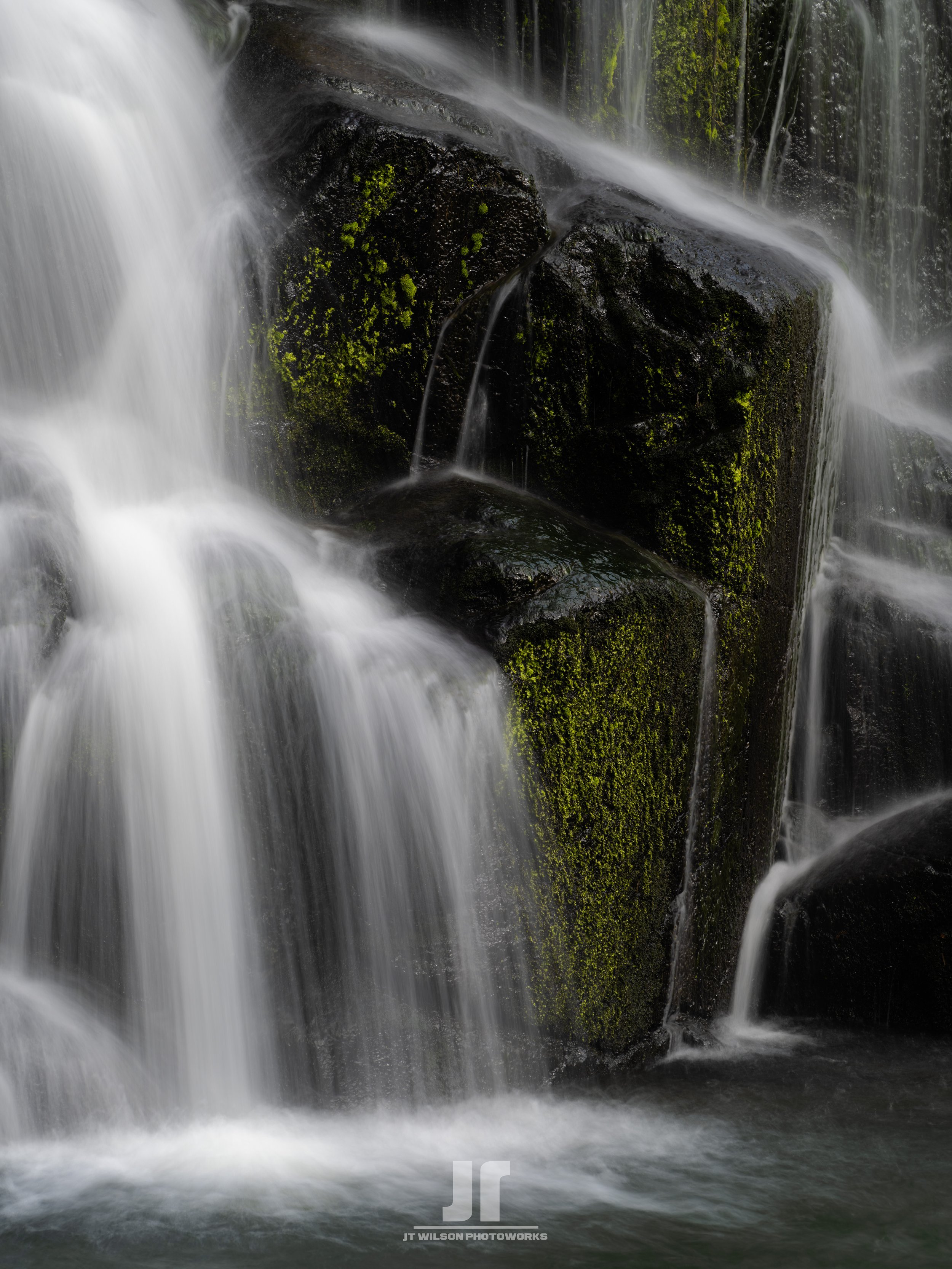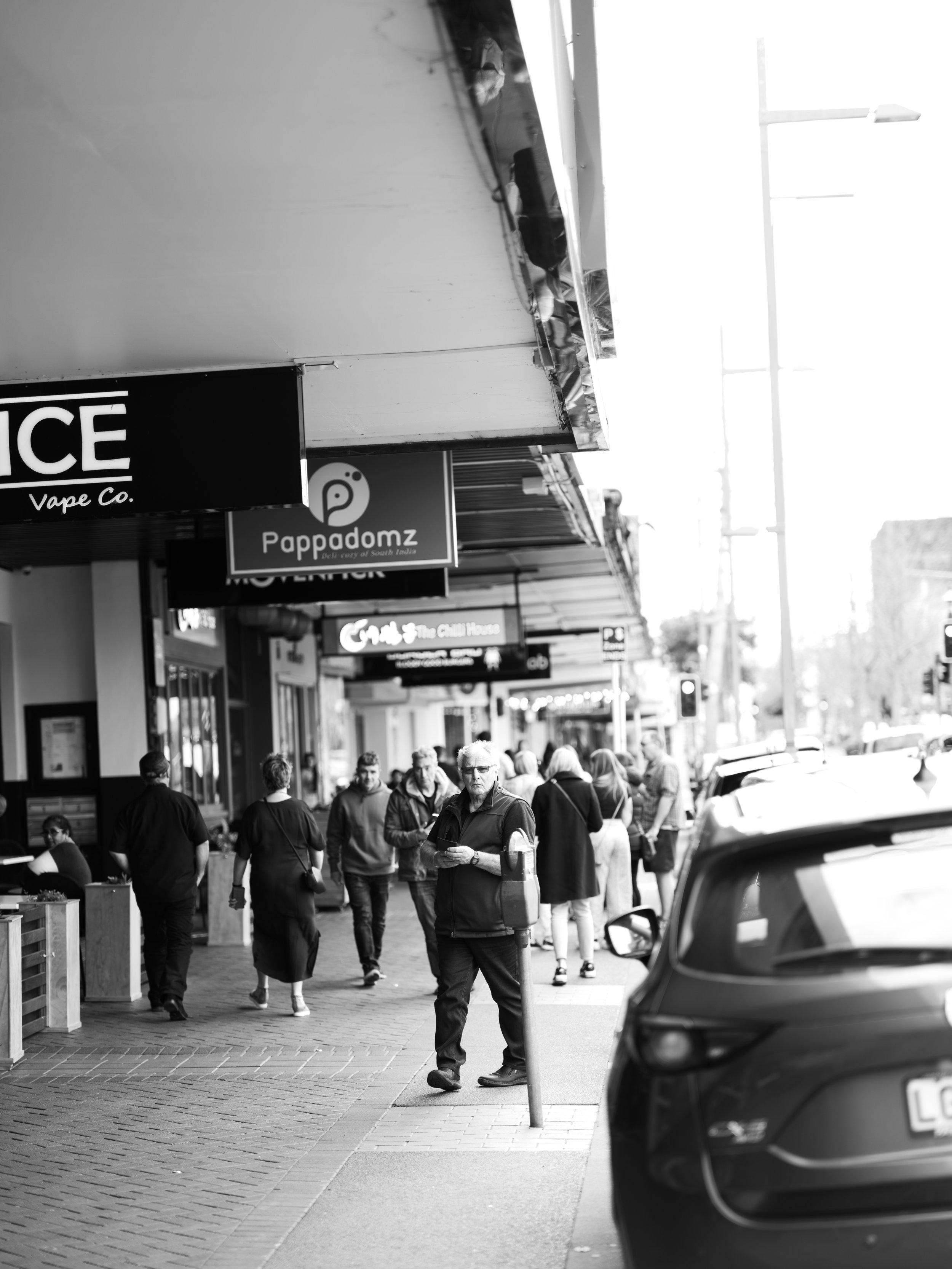Well, well, well its been a minute!
So, the move to Dunedin is 90% complete (as long as you don’t count the storage unit full of stuff back in Morrinsville yet to make it down here), but in between open homes I spent a bit of time just getting out and about in the car checking out the greater Otago region along with a lil Southland and a return to the MacKenzie in Canterbury for that Aurora back in May.
Workshop time!
Speaking of the MacKenzie, as I write this i’m a few days out from co-hosting a workshop with Rachel Gillespie based around Twizel. Looking forward to this big-time! I will have some Medium Format gear (both the GFX100II and GFX100SII along with some lenses) on loan from the good people at Fujifilm NZ to show off to our attendees - which I can’t thank the people at Fuji enough as it will give a unique experience for the people attending by being able to have a good look at some very high end gear.
The future of Prints!
One thing I was a lil concerned about during the move was that I wouldn’t be able to fulfil any print orders for a few months. Thankfully (and unfortunately) that worry was not something that would cause an issue because I had zero print enquiries during this time. That tells me a couple of things.
1: Prints really aren’t a viable product for me at this time. The investment in time, test prints, Ink (or outsourcing) etc really mean I’d have to sell them at pretty expensive prices to make it worth it - and at zero enquries pretty much all year, thats not gonna work.
2: Its time to rethink prints as I do have the Canon Pro-200 printer that I won back in 2021. But more on that in a few weeks.
In the meantime the store has had all listed prints removed for the foreseeable future.
Upgrades!
While it really wasn’t on my radar - the opportunity to upgrade the GFX100S presented itself and the timing was spot on, so I’m now the proud owner of the GFX100SII. Which mainly promises some autofocus improvements, a lil extra dynamic range (base ISO is now 80) and a bump in fps and image stabilisation. That along with my shiny new Fujinon GF 500mm f/5.6 really completes my kit for a good time to come. That new 500mm will make a little wildlife photography possible with this system so expect to see a few more birds and seals pop up around here.
The Videos are coming
Over the next couple of months I’ll be getting out with producing more YouTube videos in mind with the aim of creating a bit of a backlog before releasing them. Ideally I’ll have enough in the can to release one a week until the end of the year. When I’ll be able to start releasing them is anyones guess. Most will be out in the field, some will be gear stuff and I may (re: actually do) even have some bits and pieces on the way for me to review on the youtubes and give away at some point. So you better subscribe!
Anyway - have some pics!
Naturally on my exploration around I had my camera with me. So lets take a look at some snapshots from the past three months! Other than that leave a comment below if you have any ideas with what I should do with my print situation.




